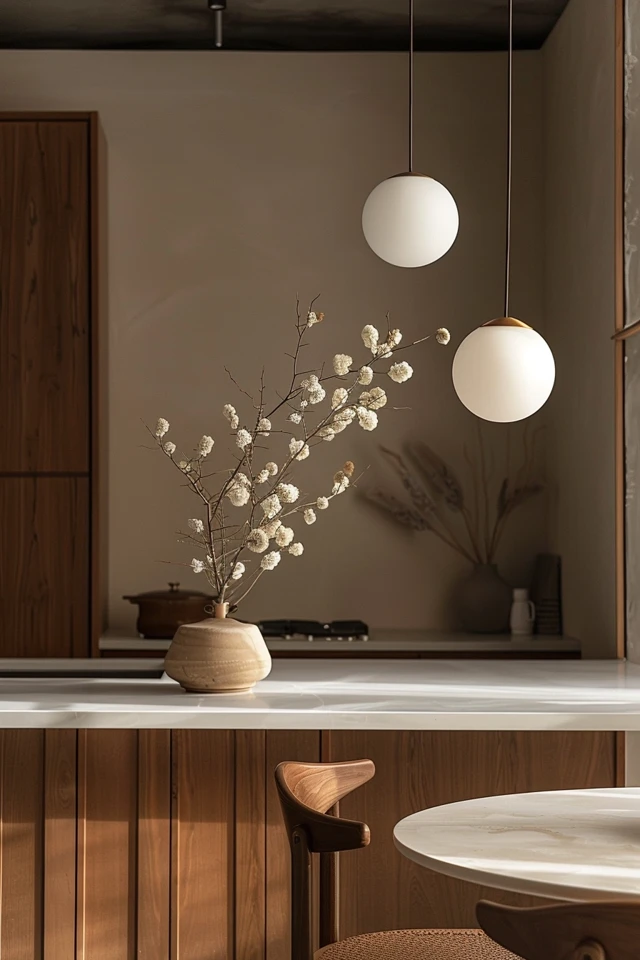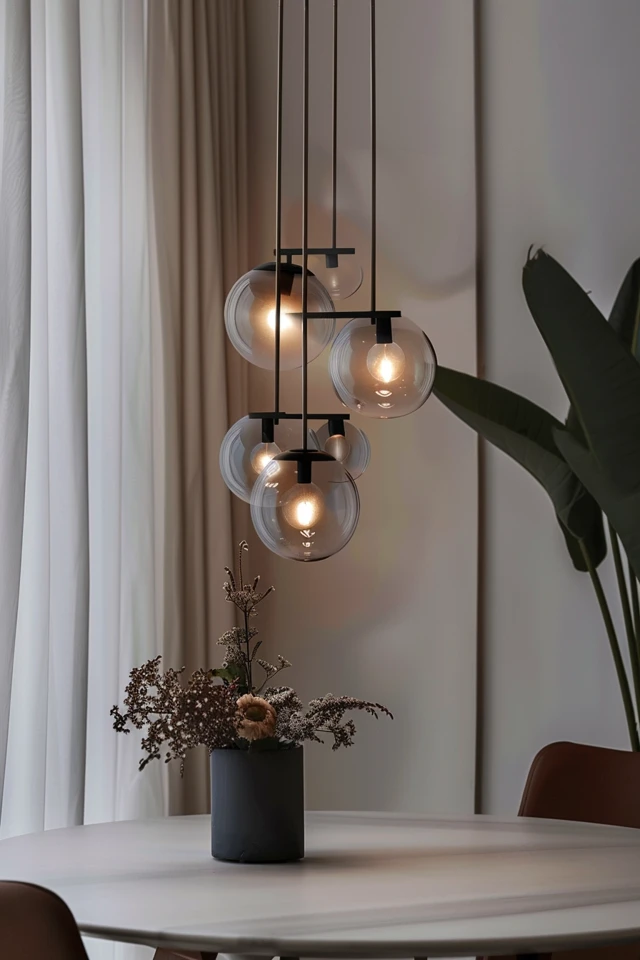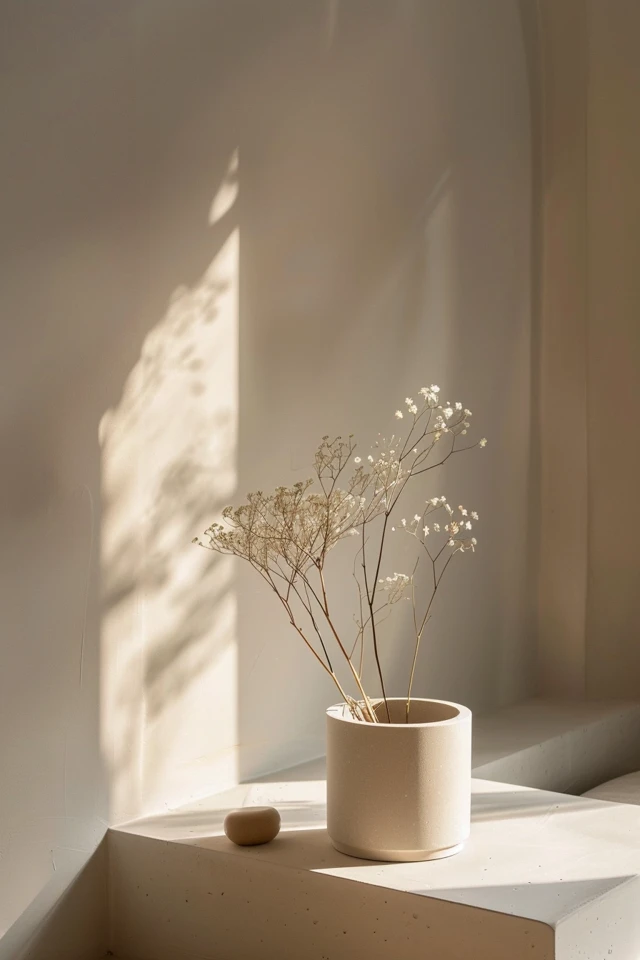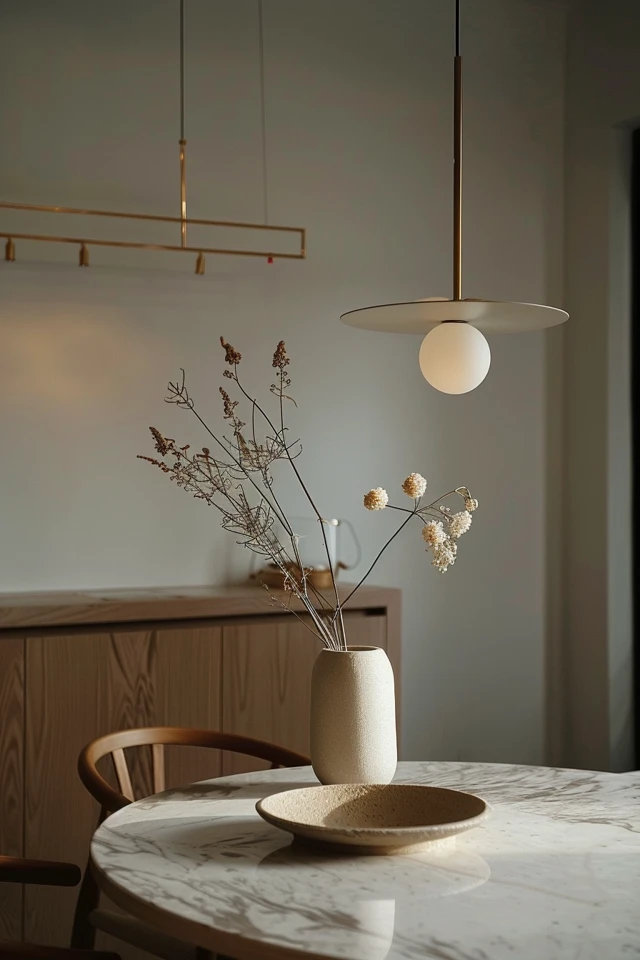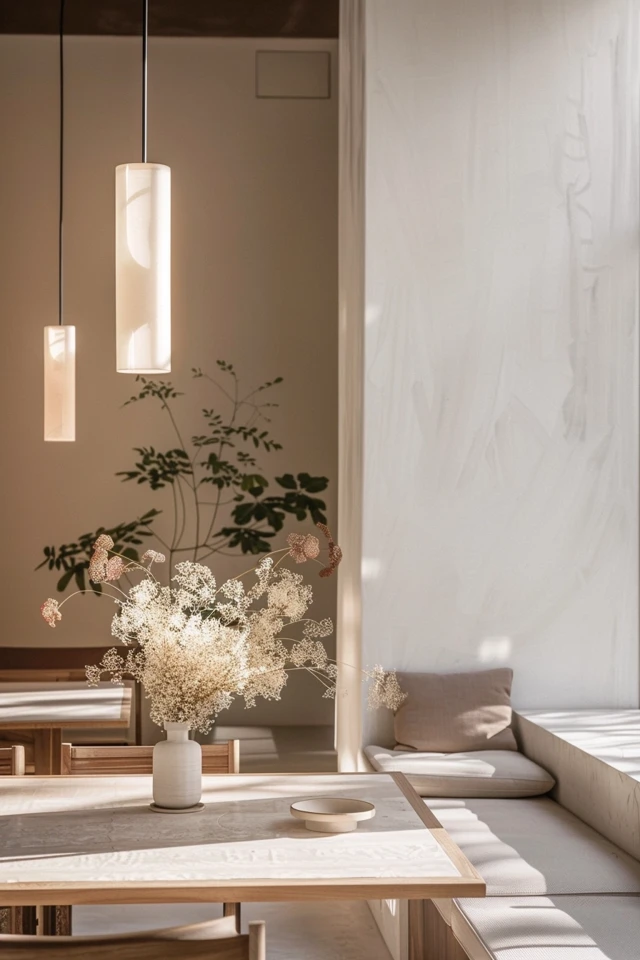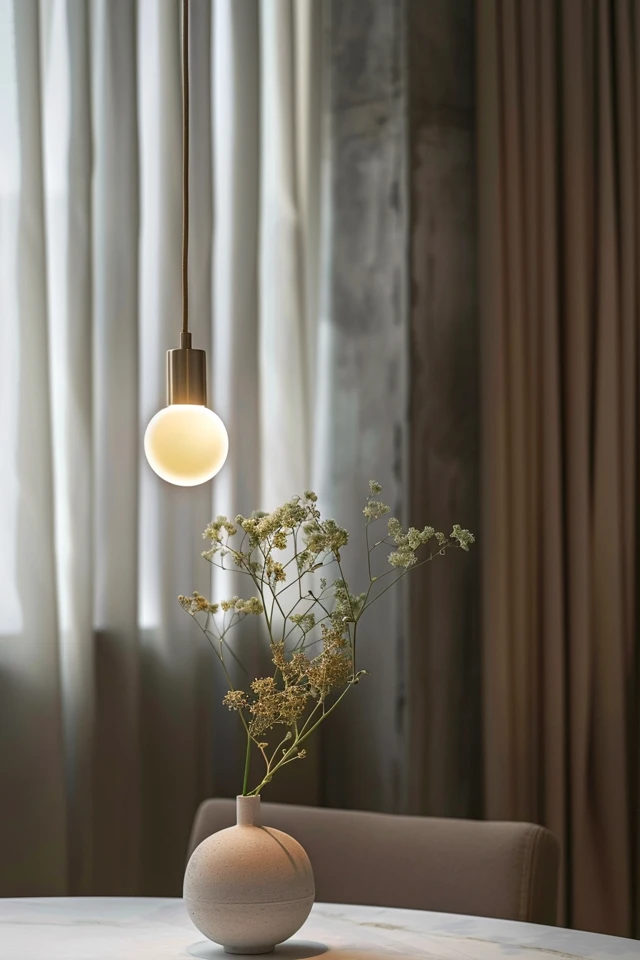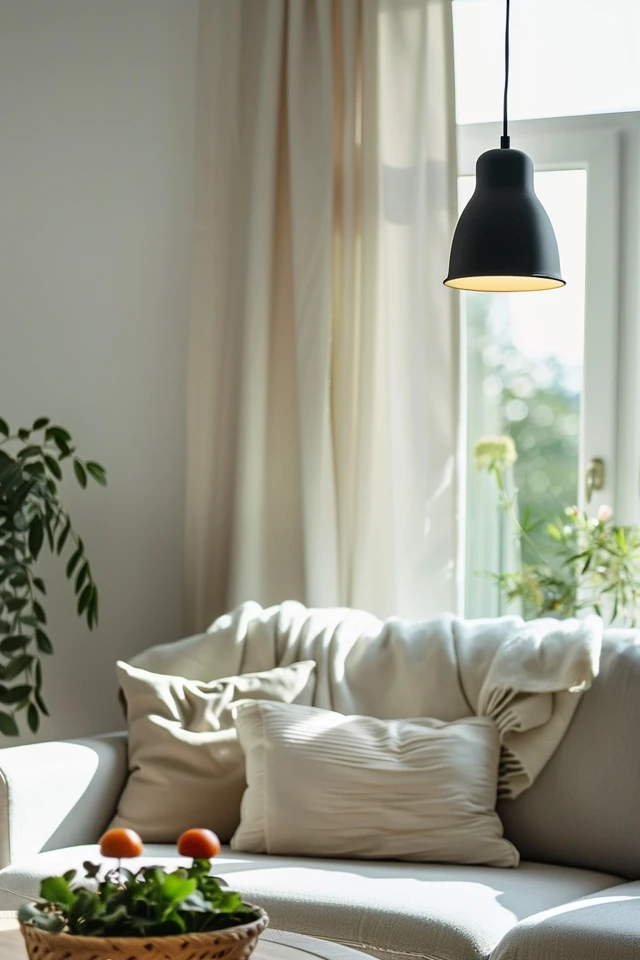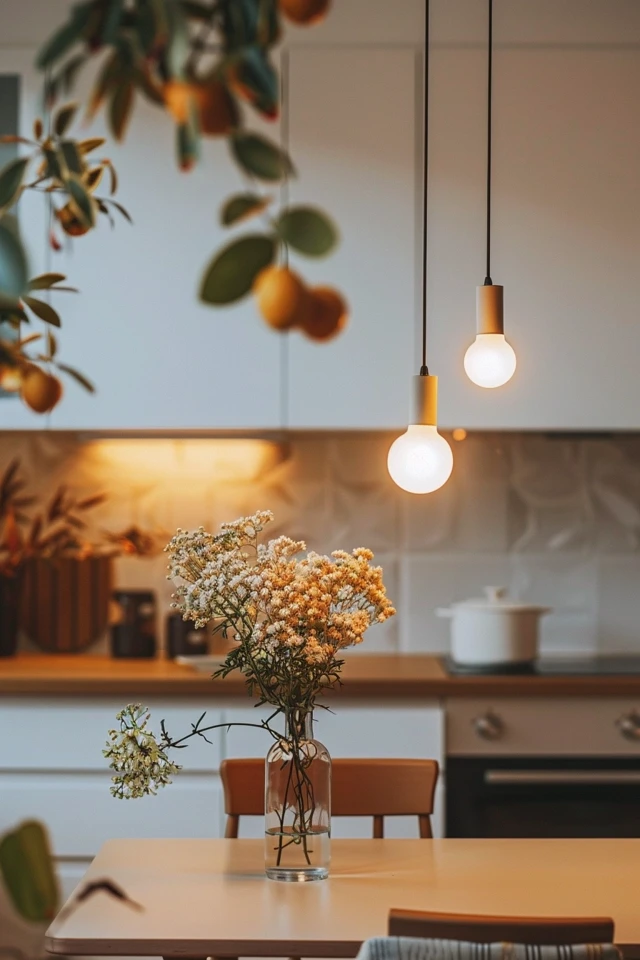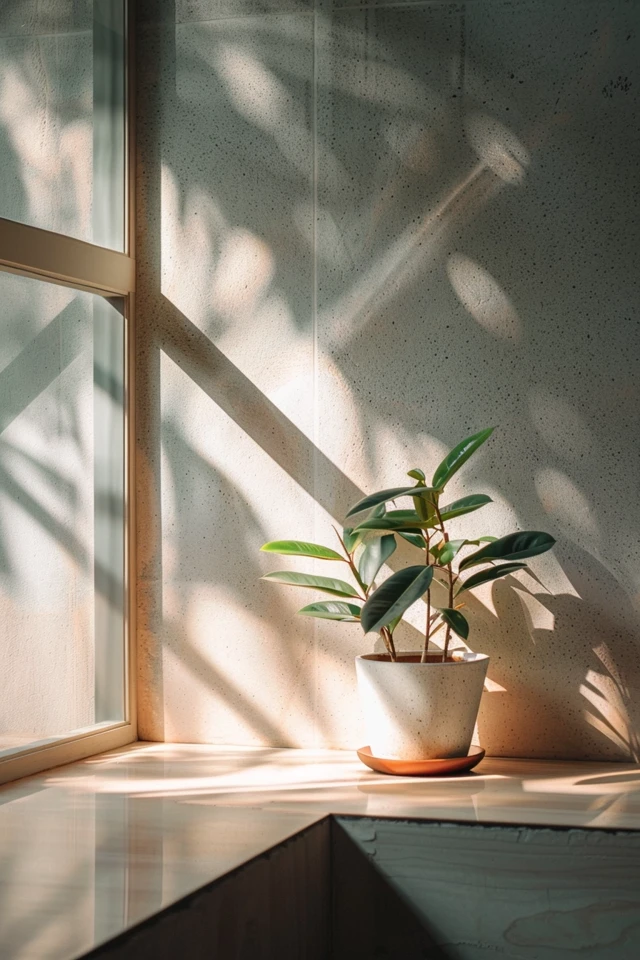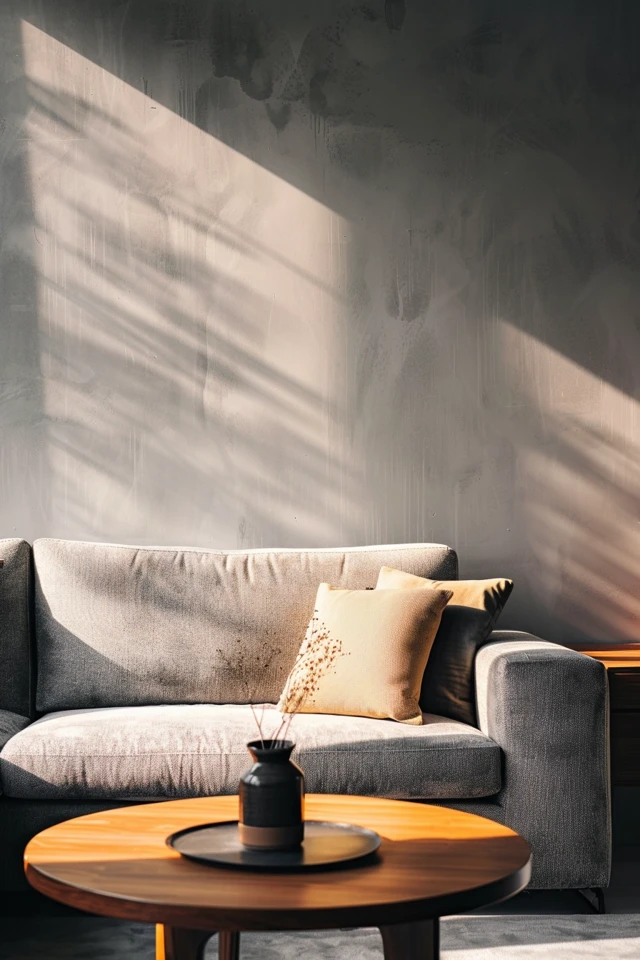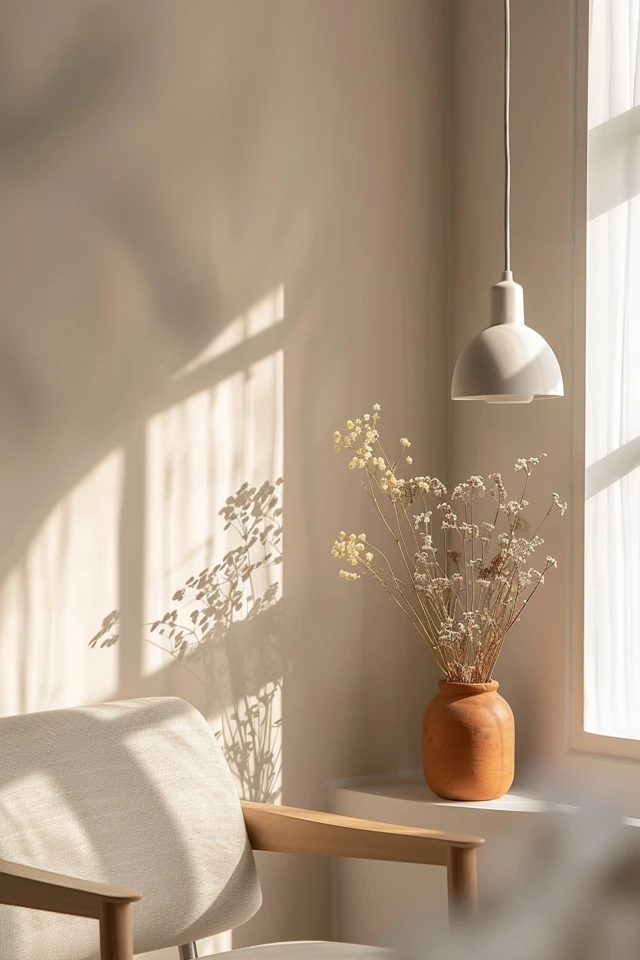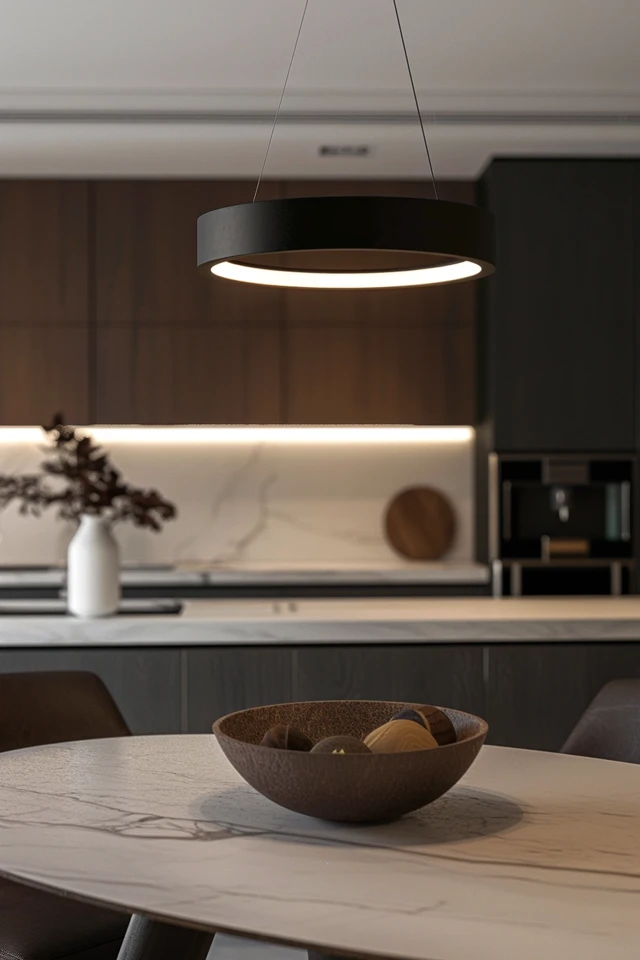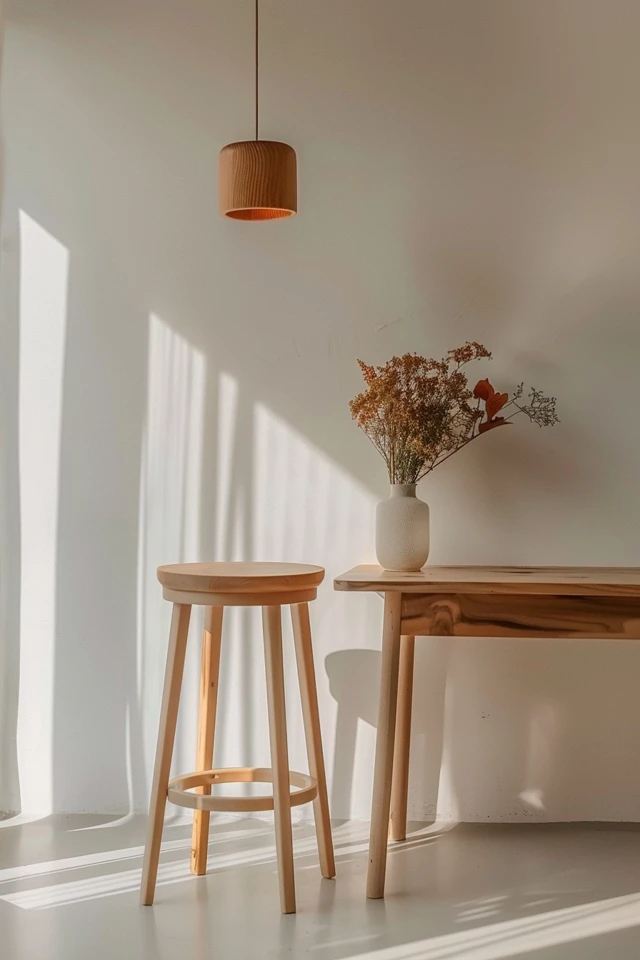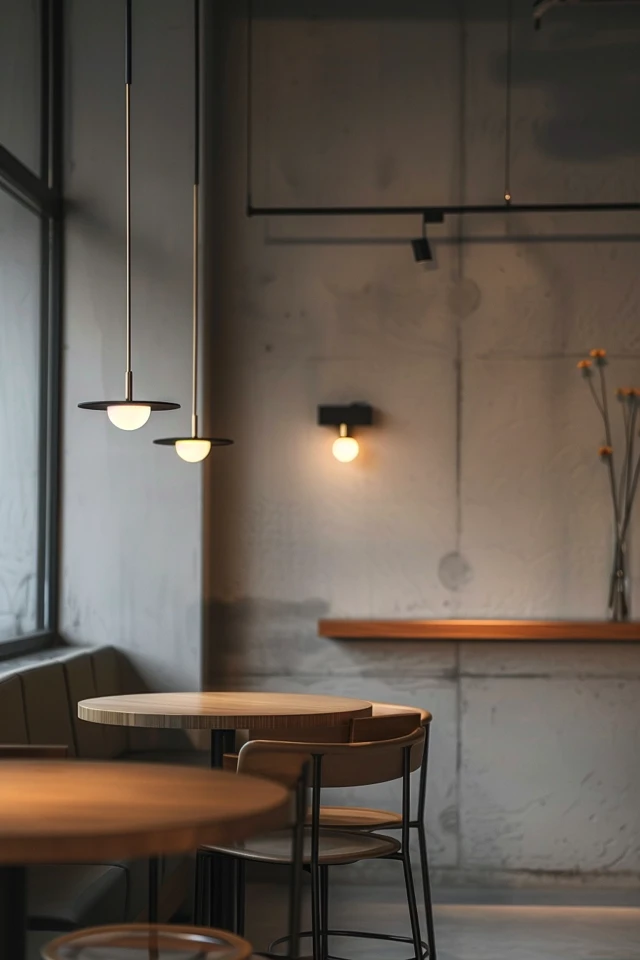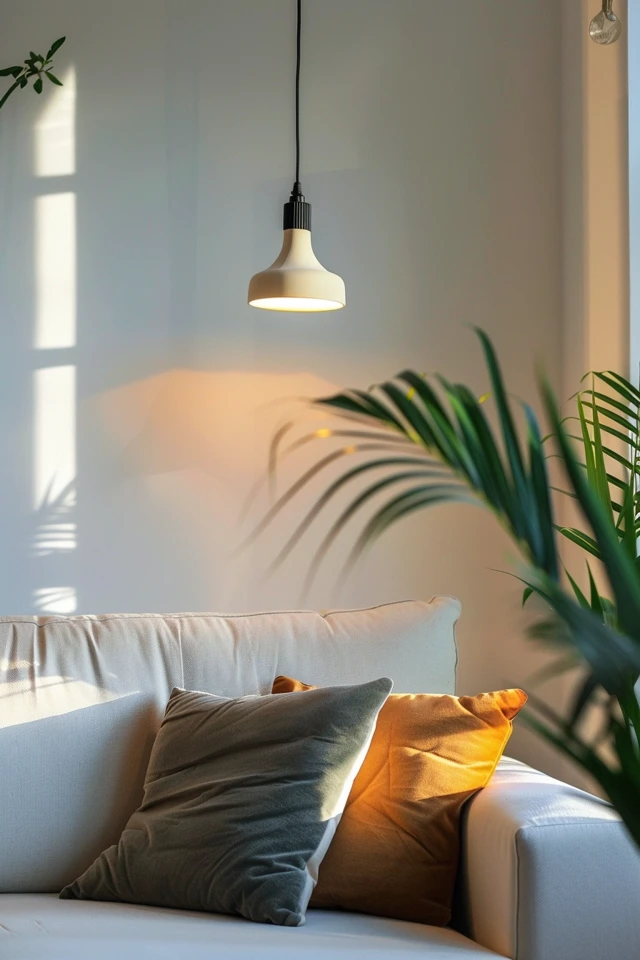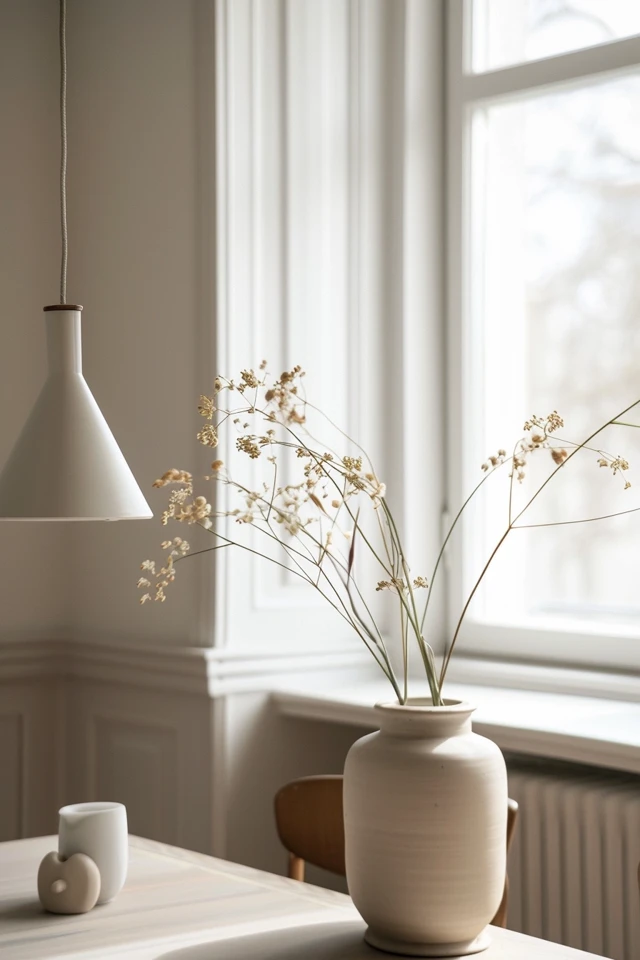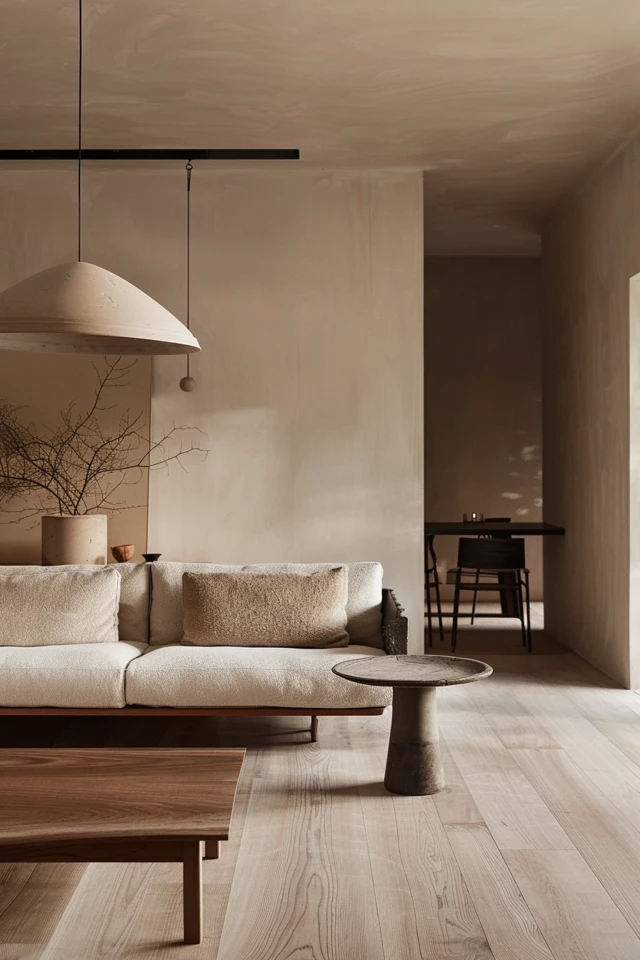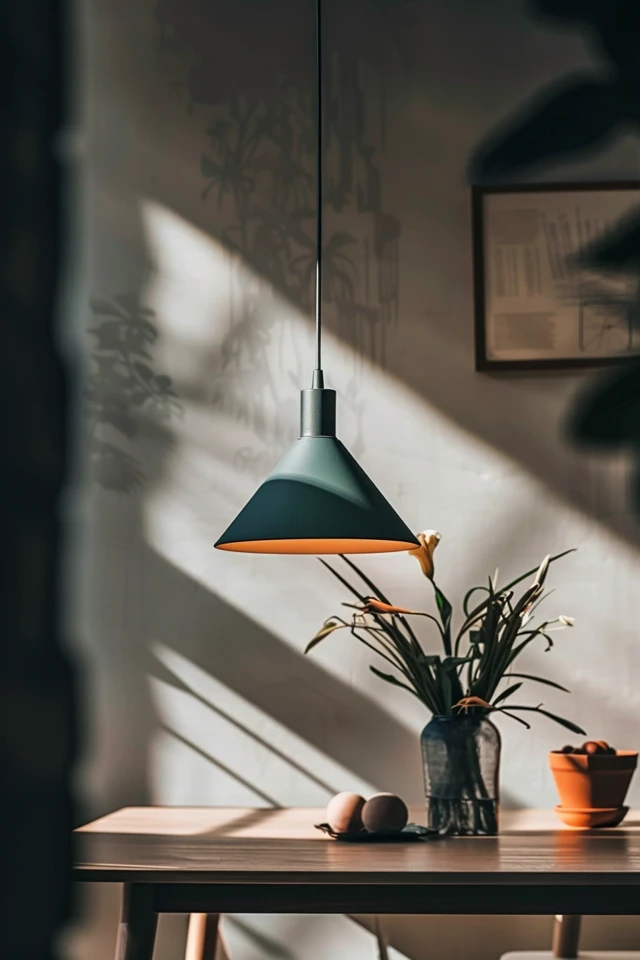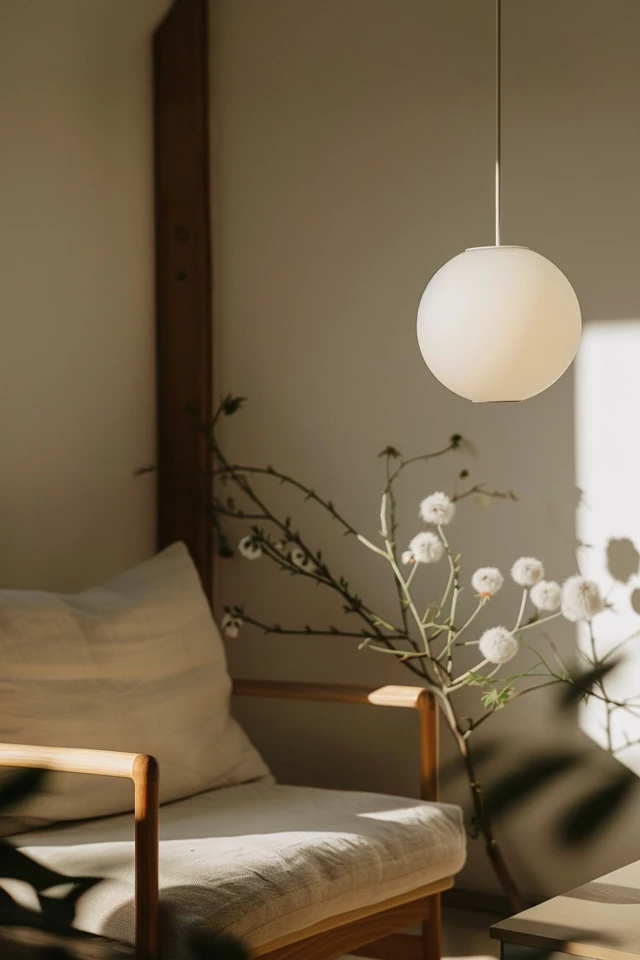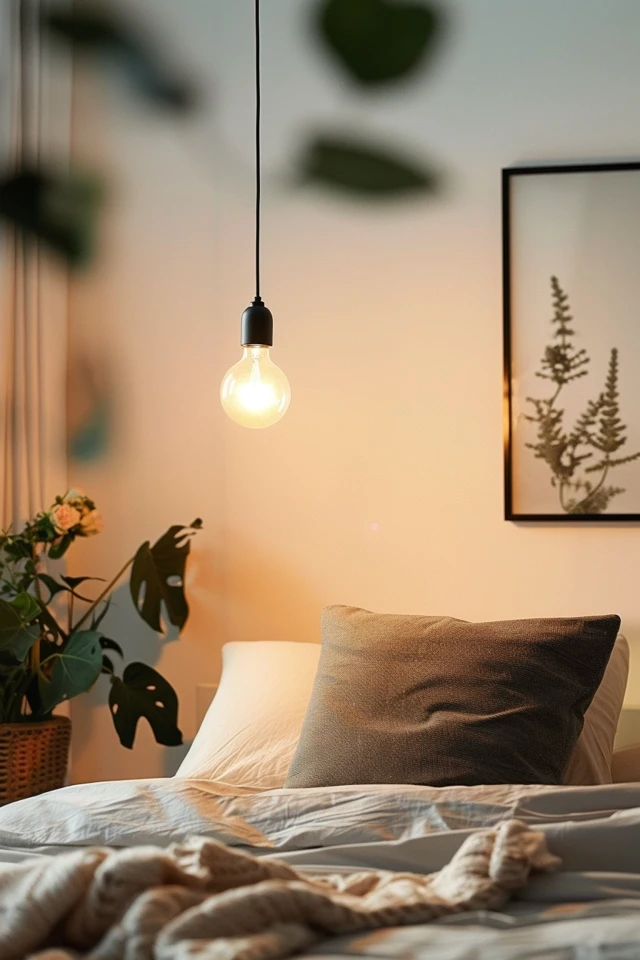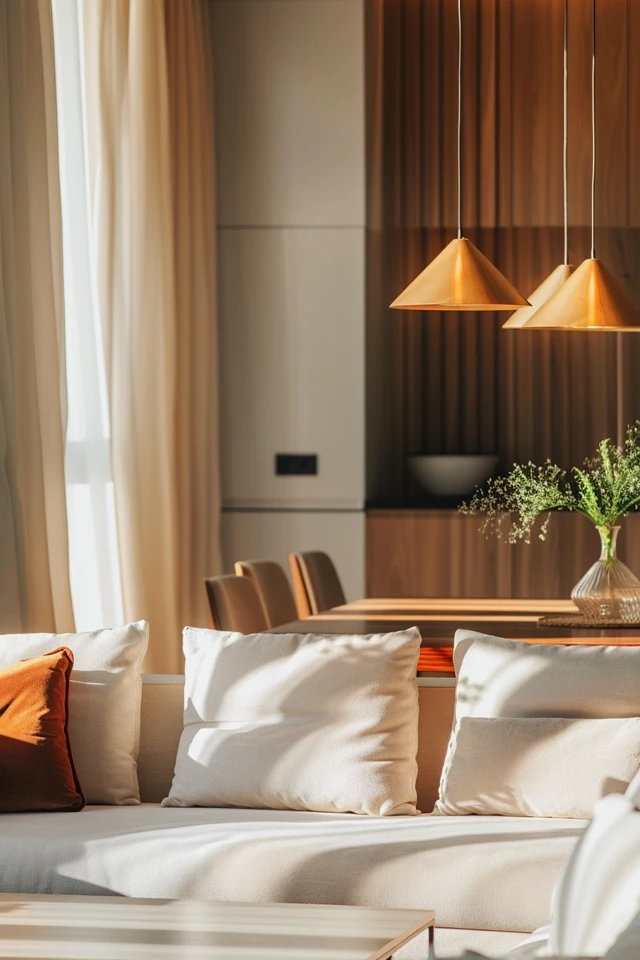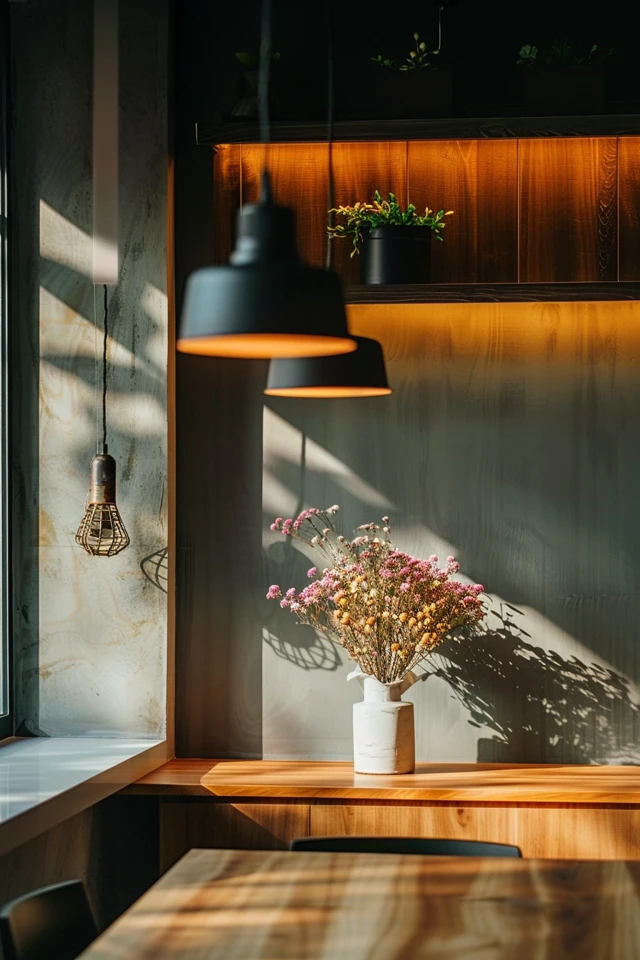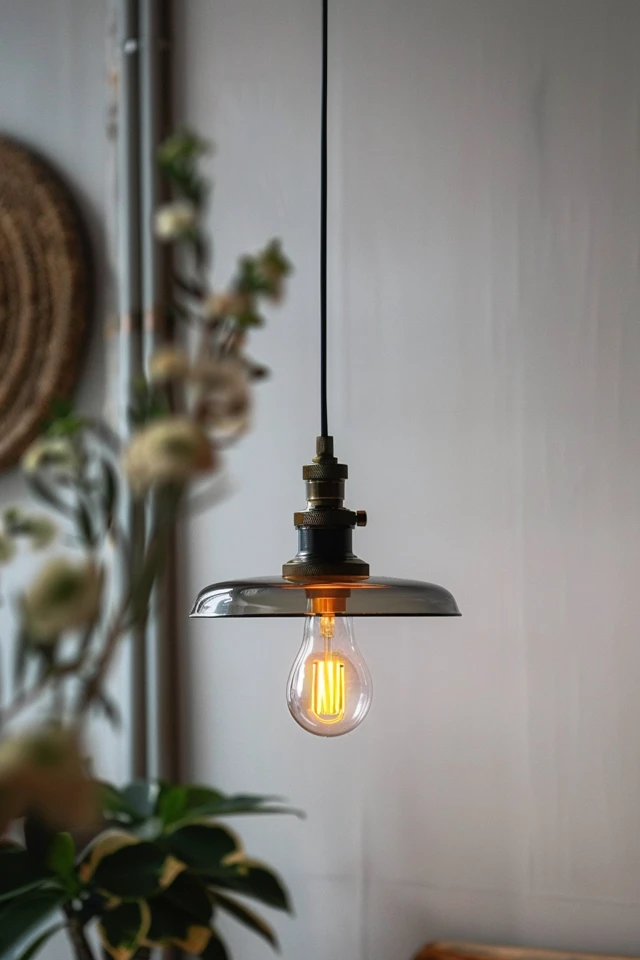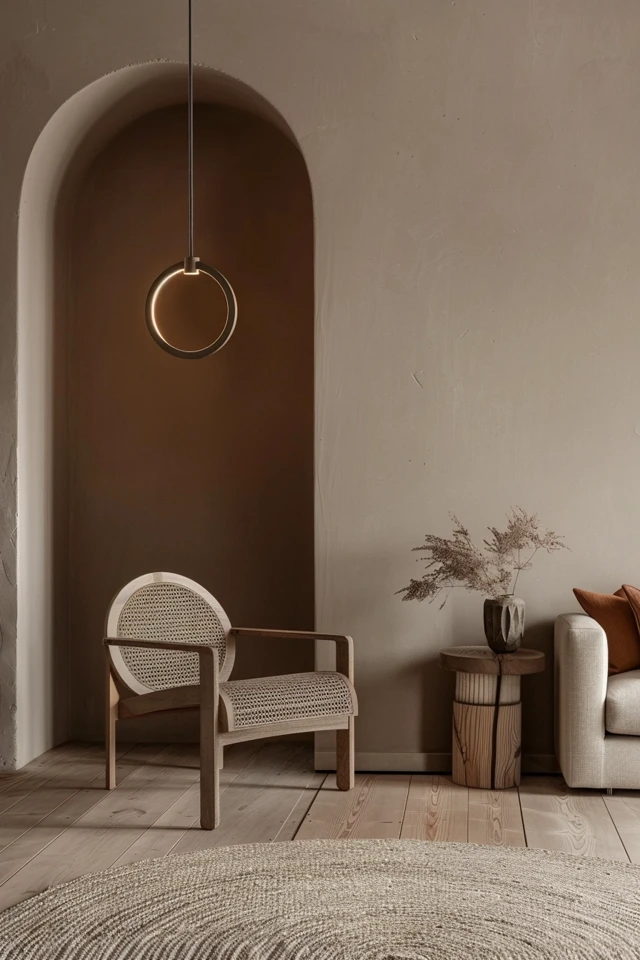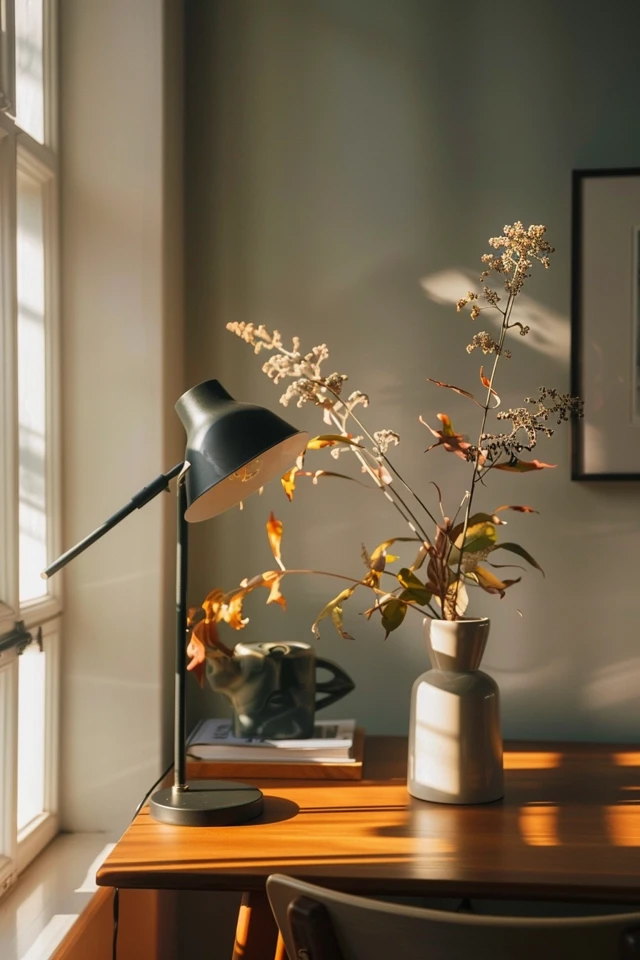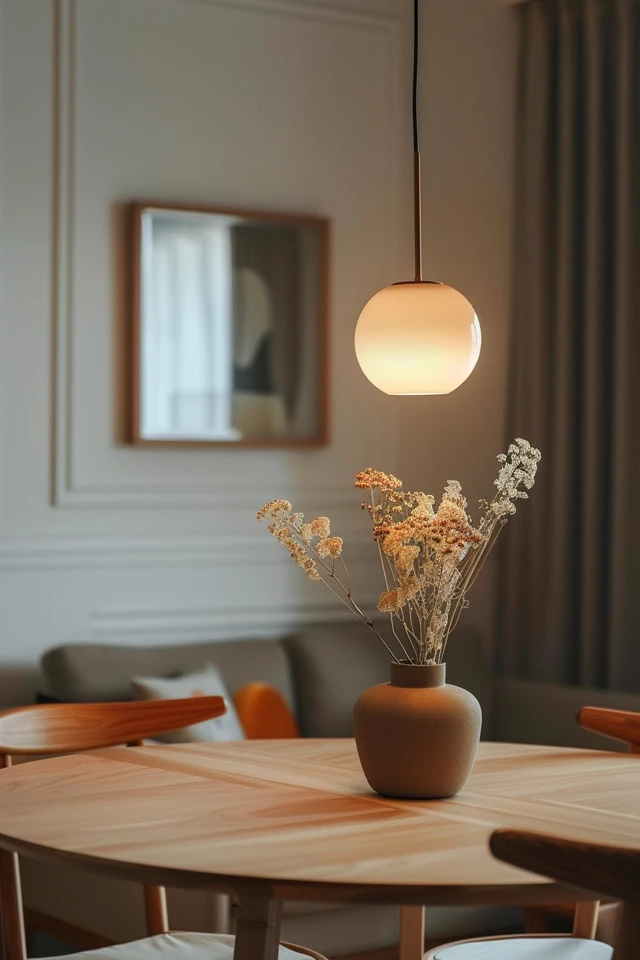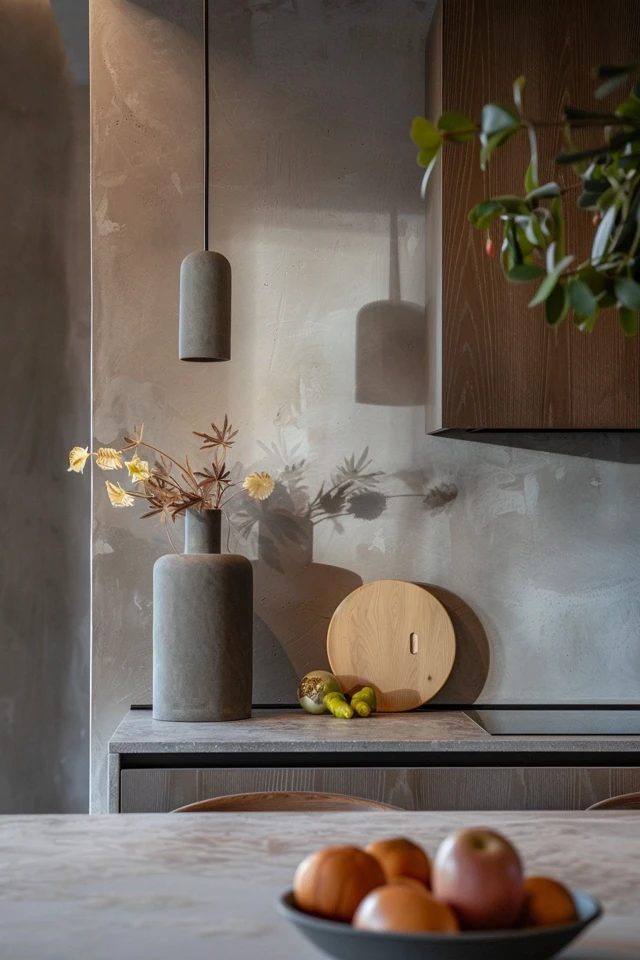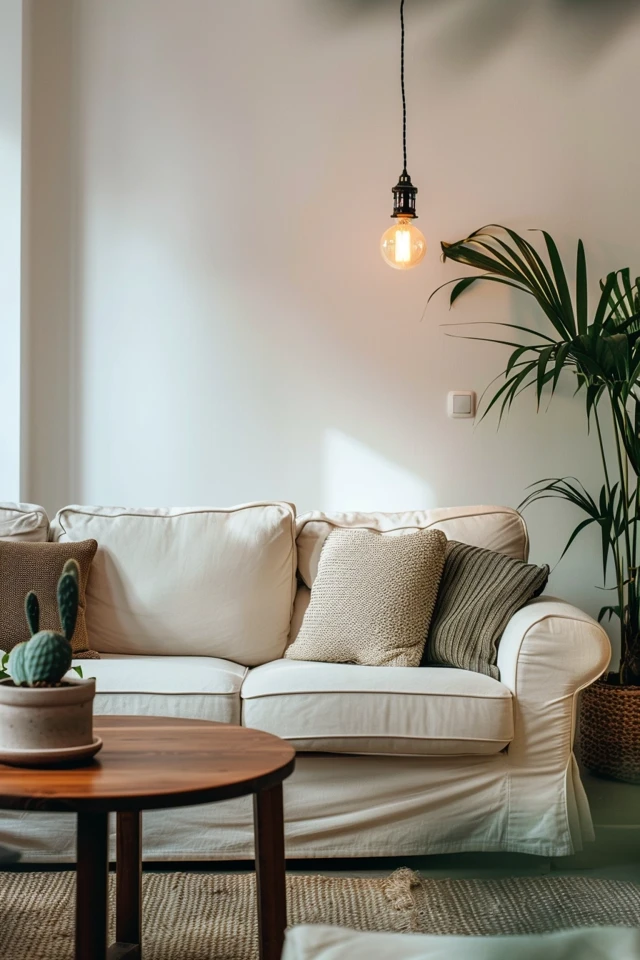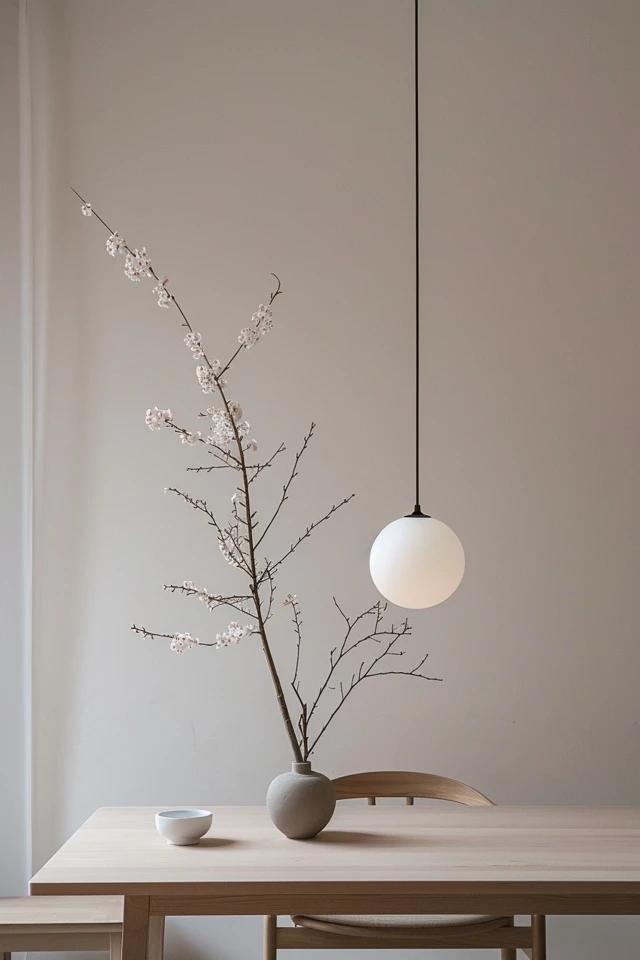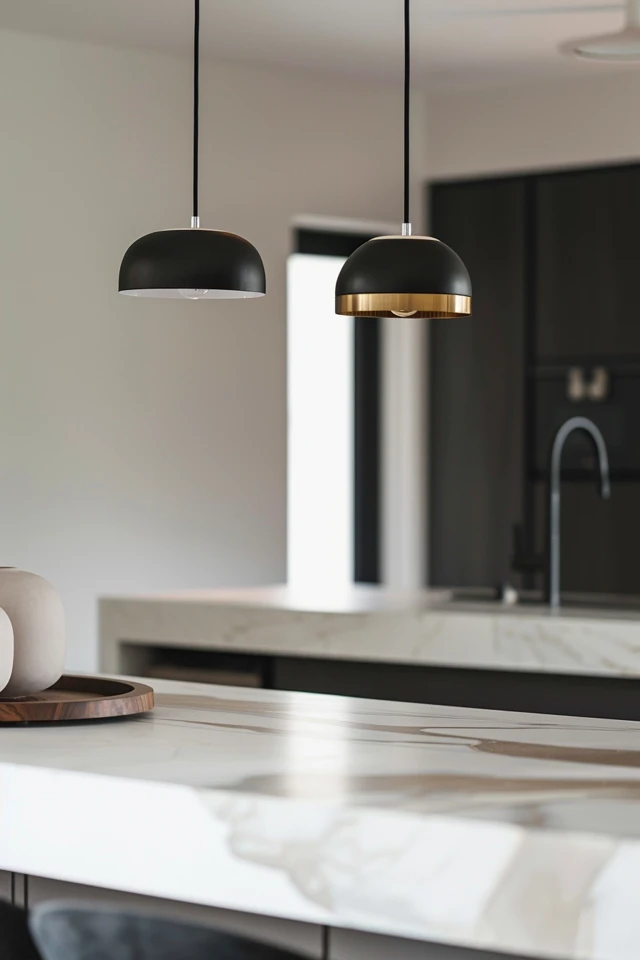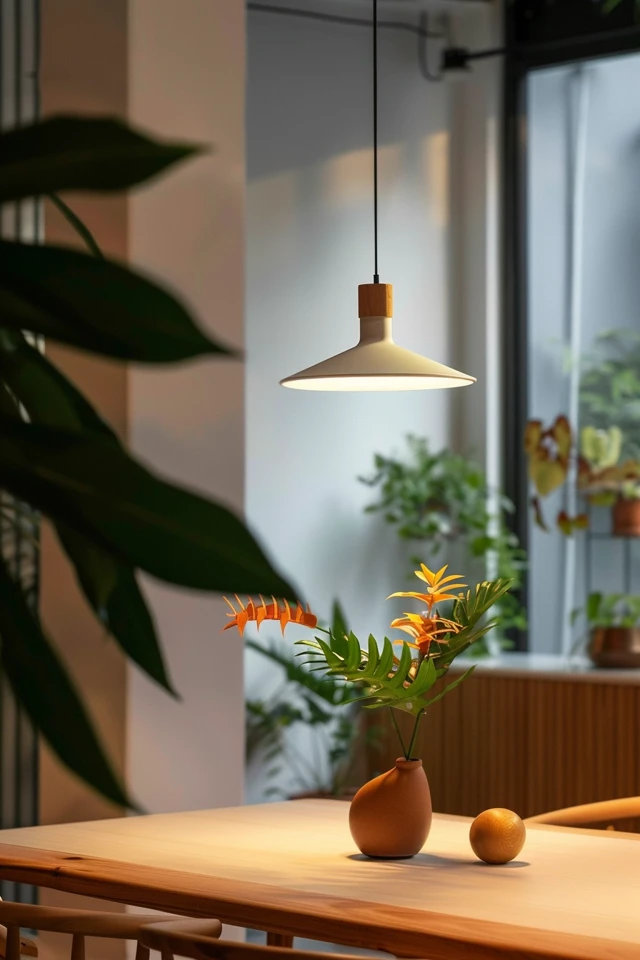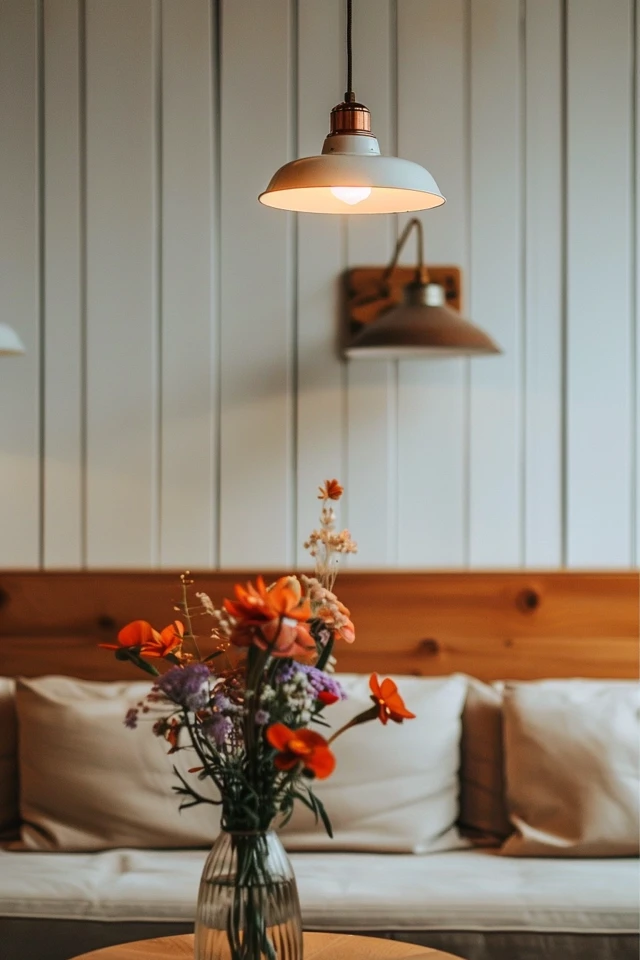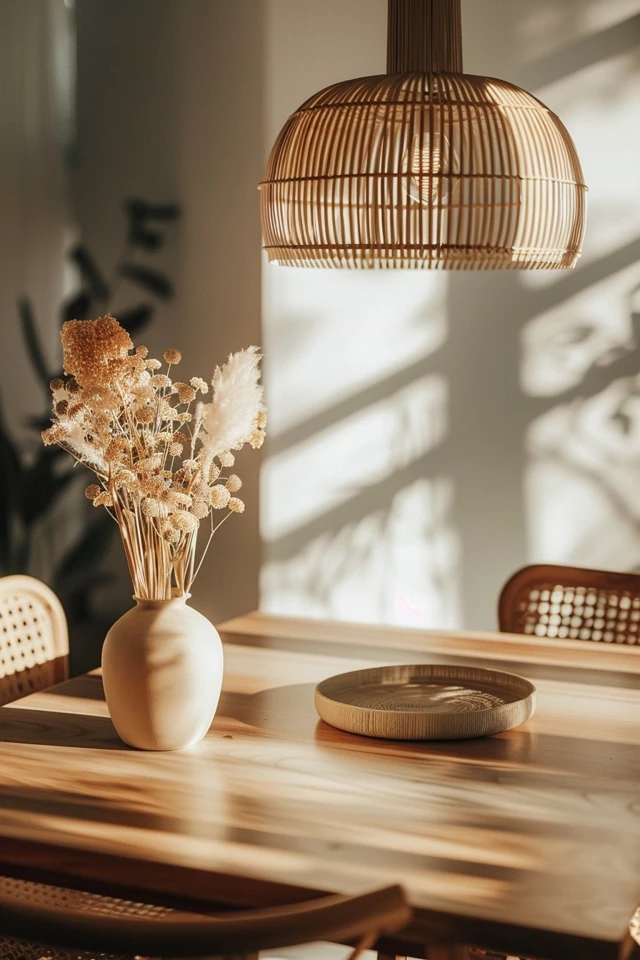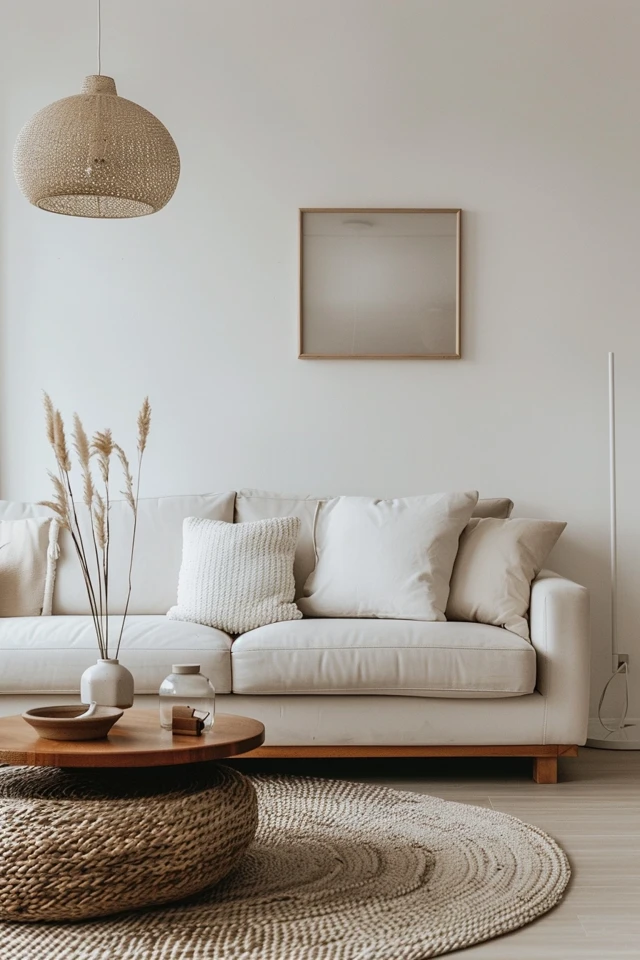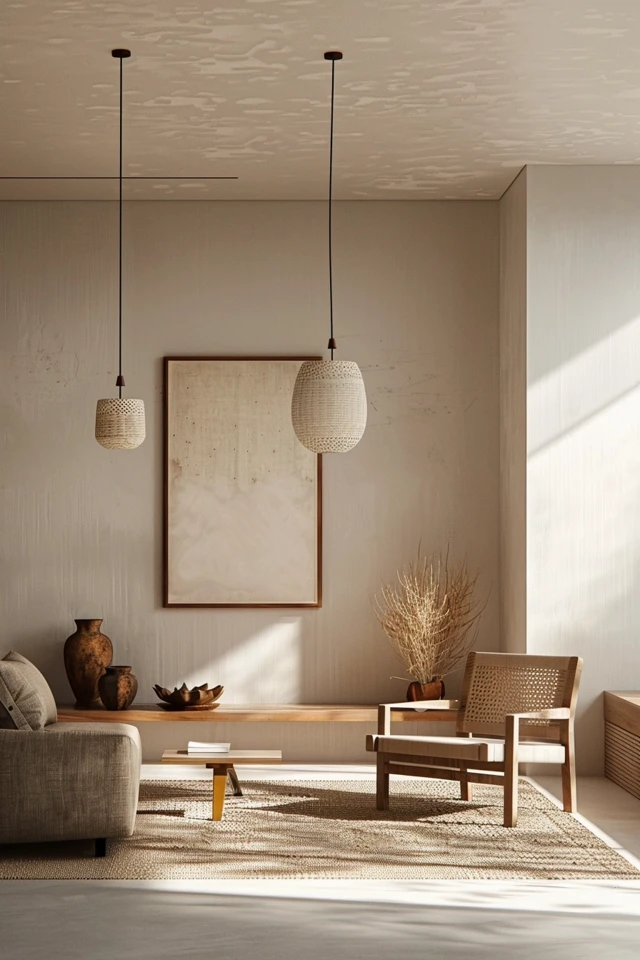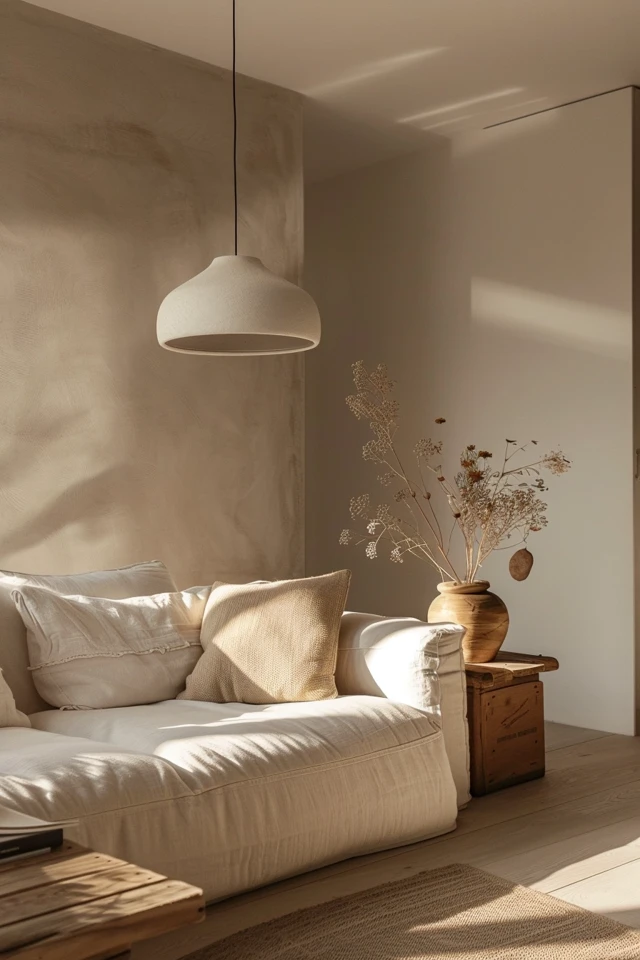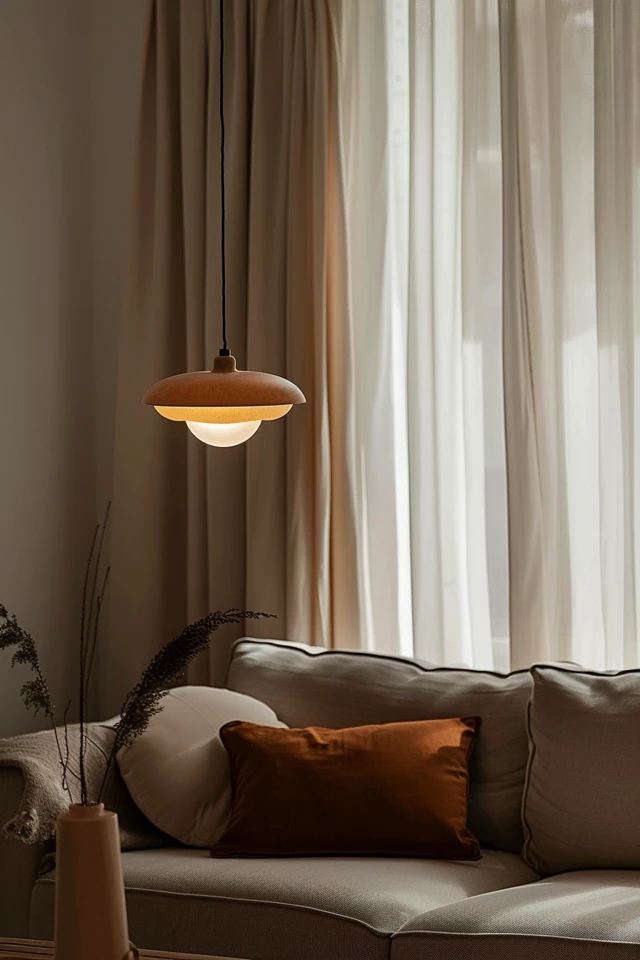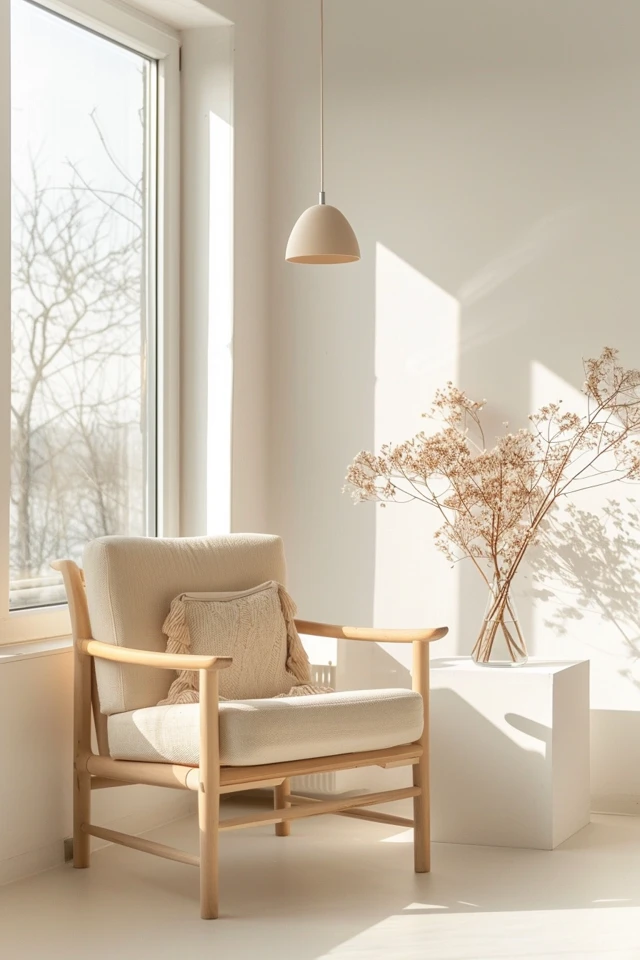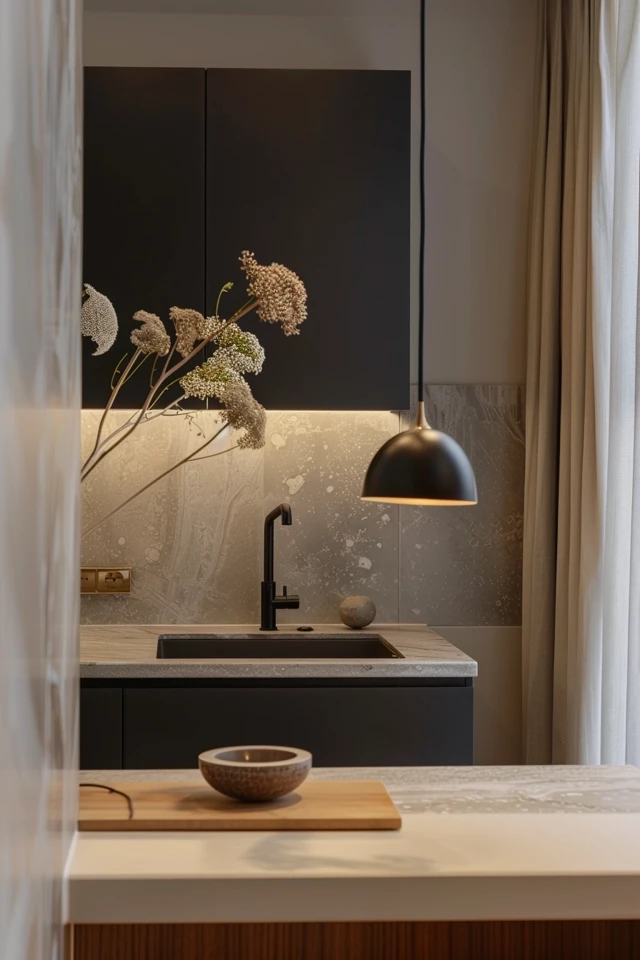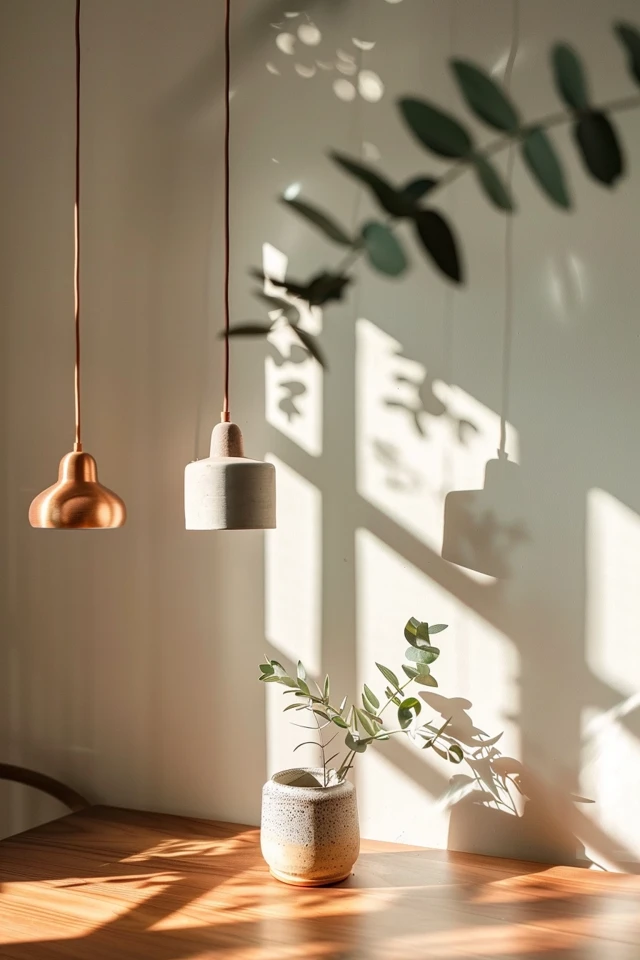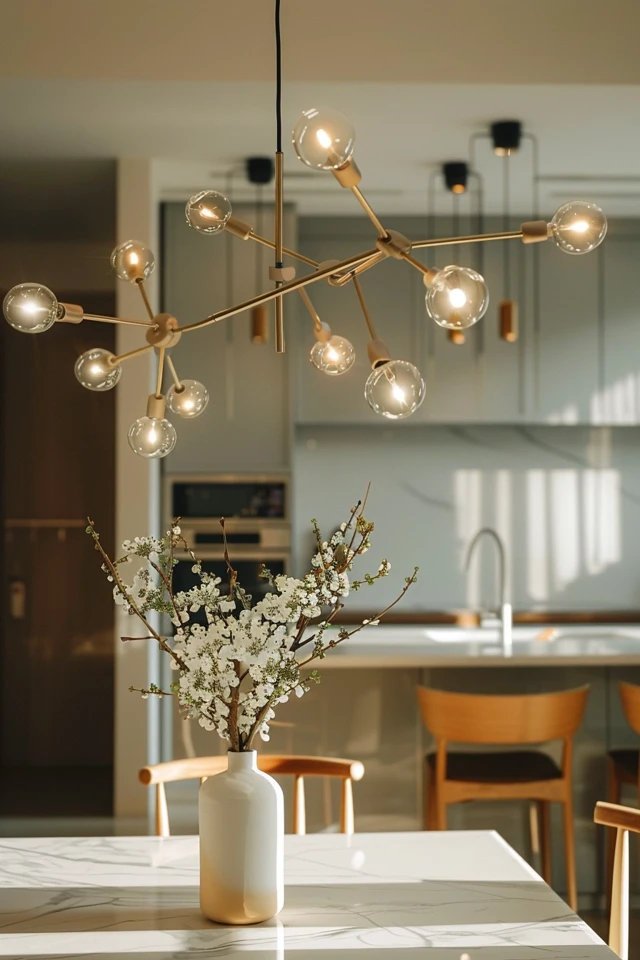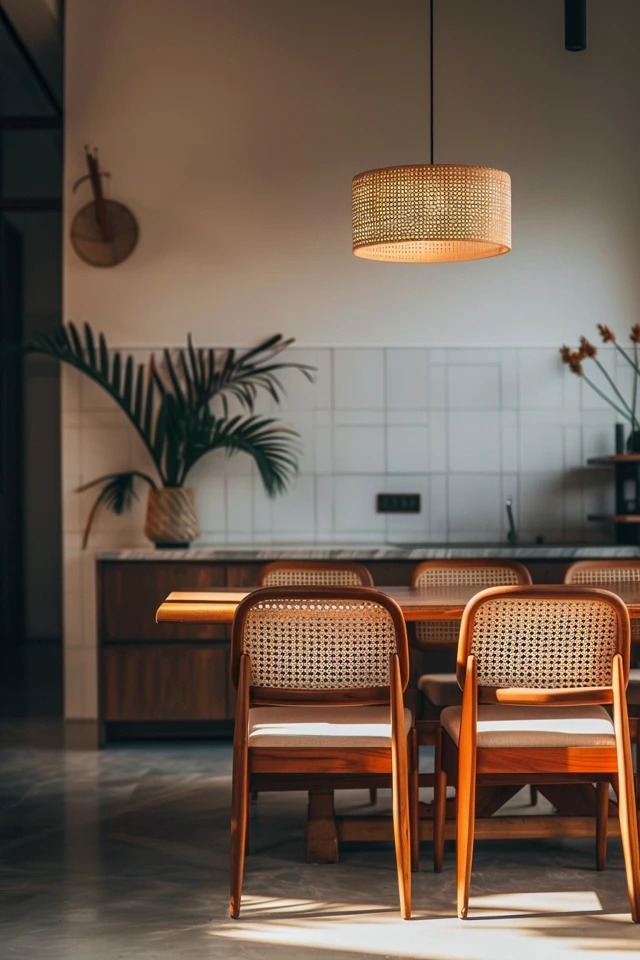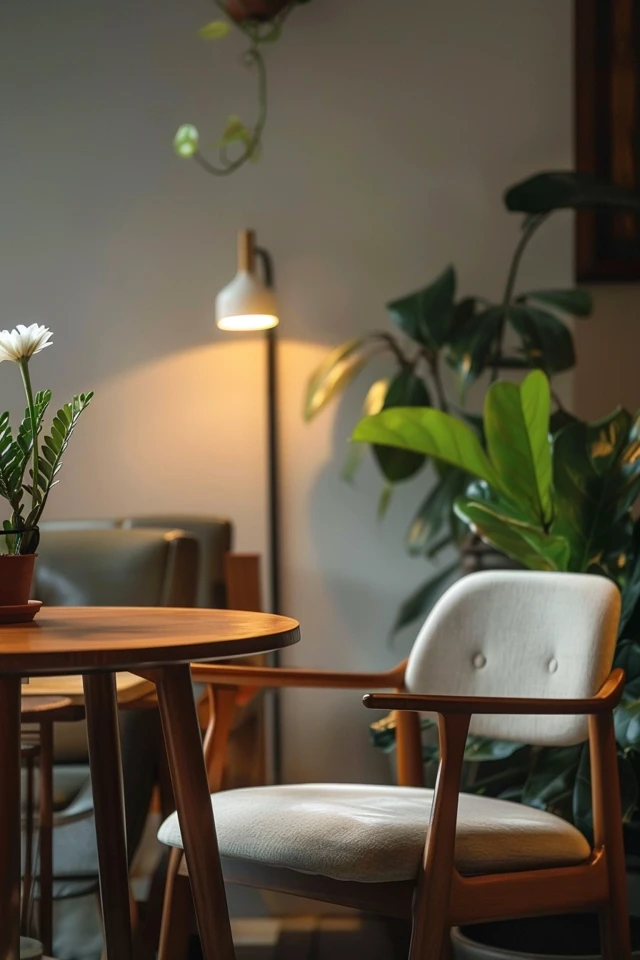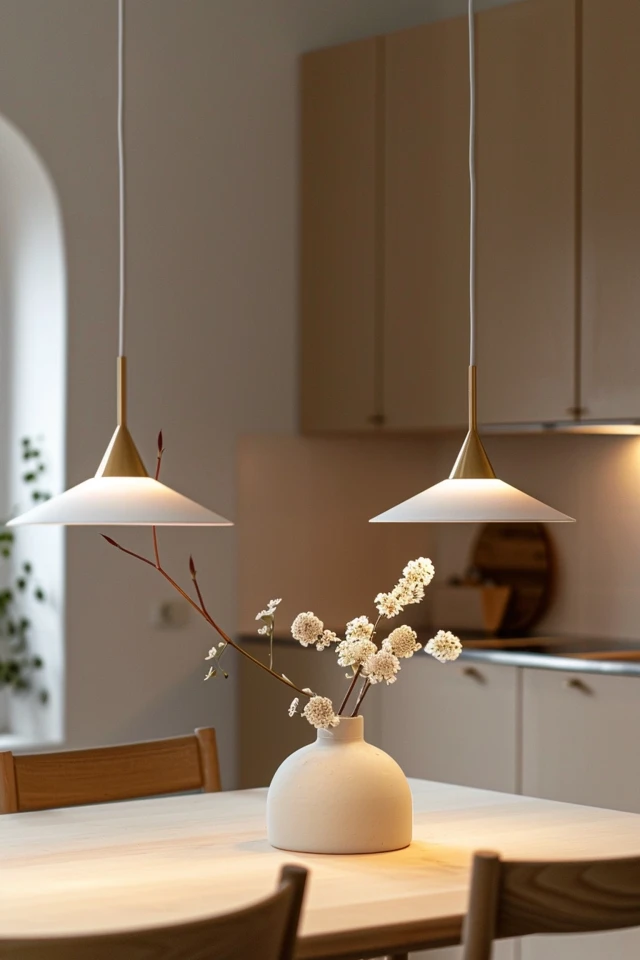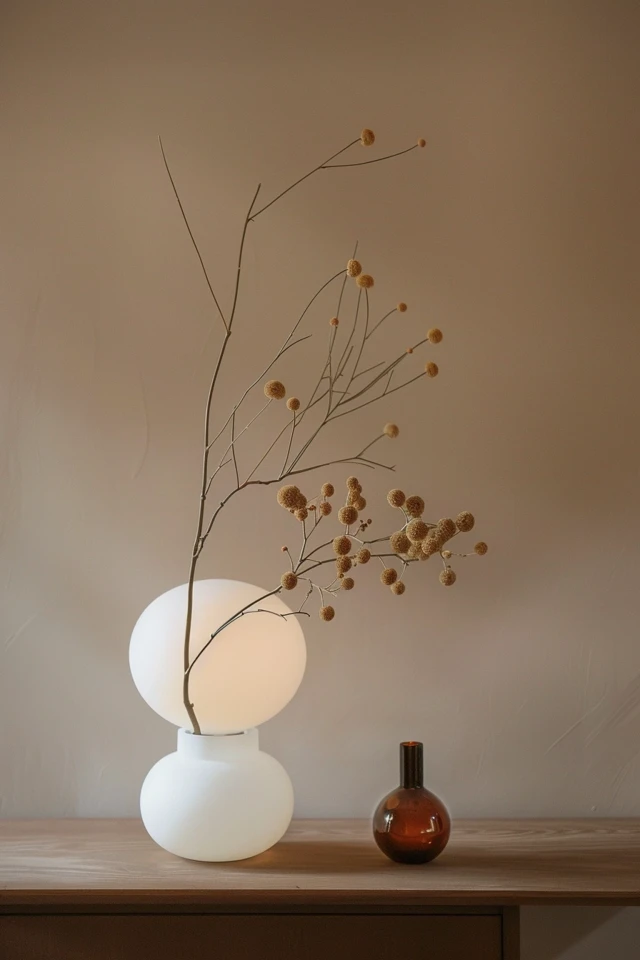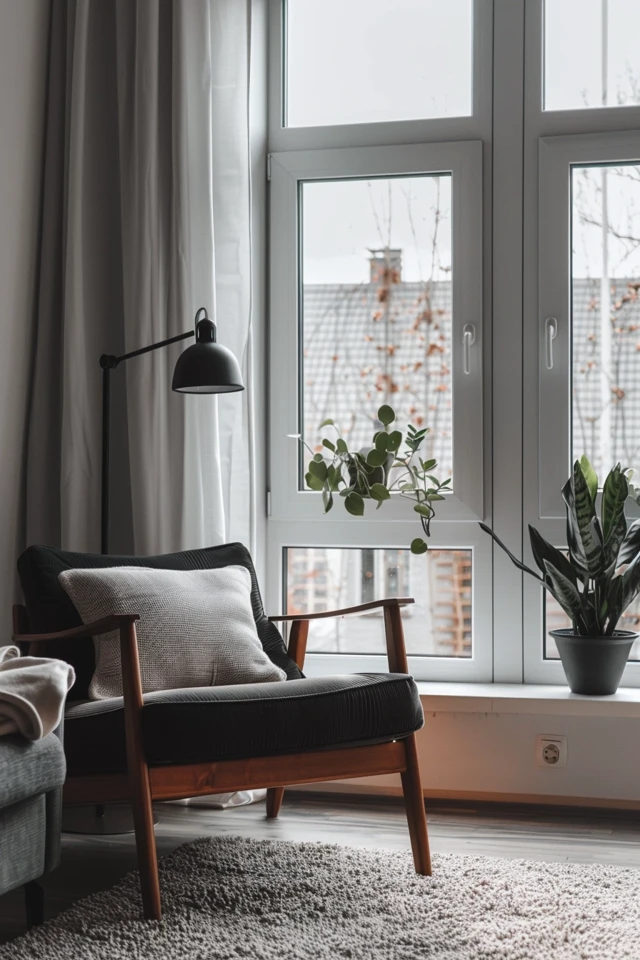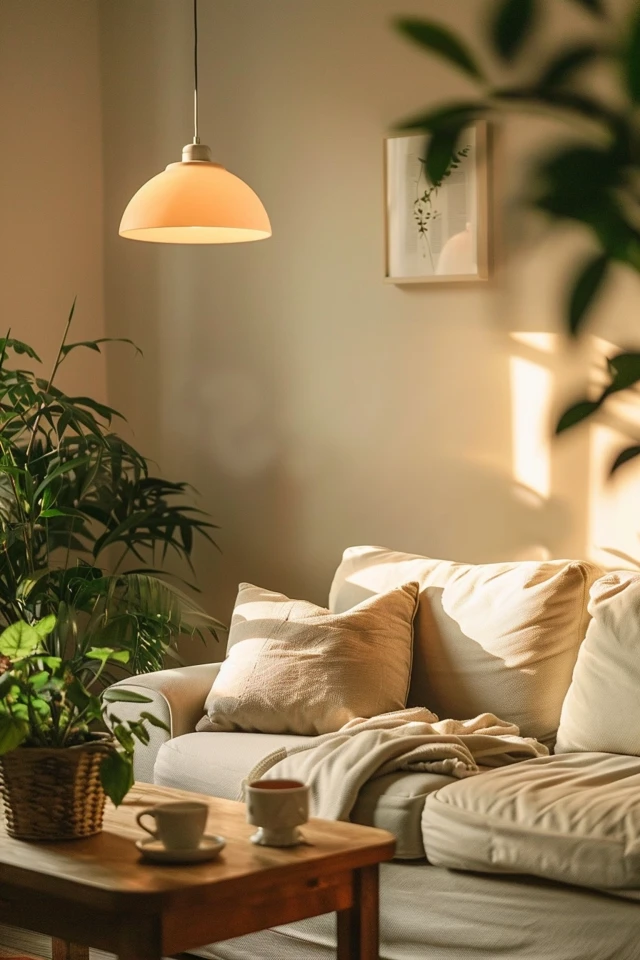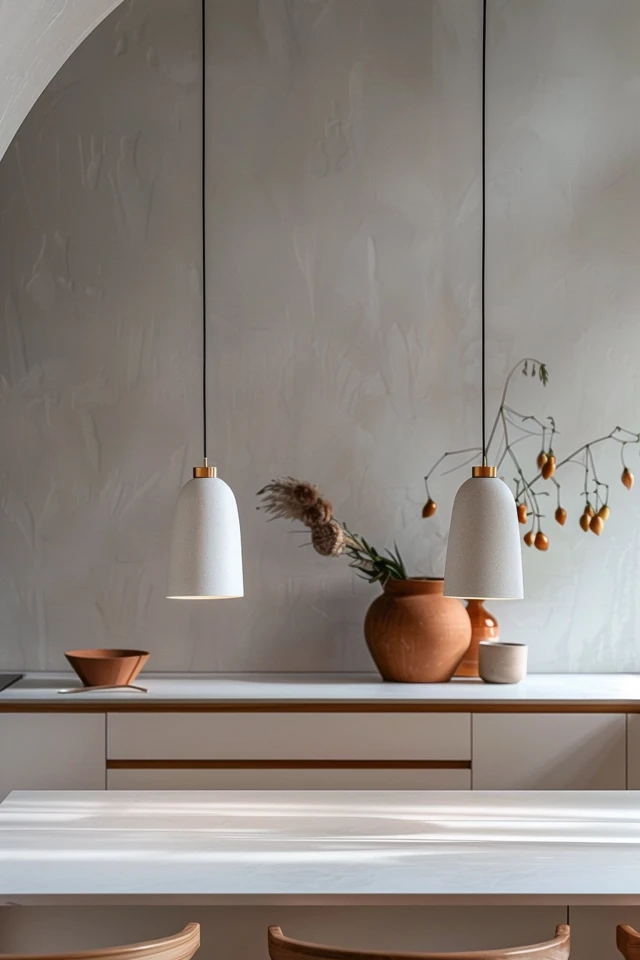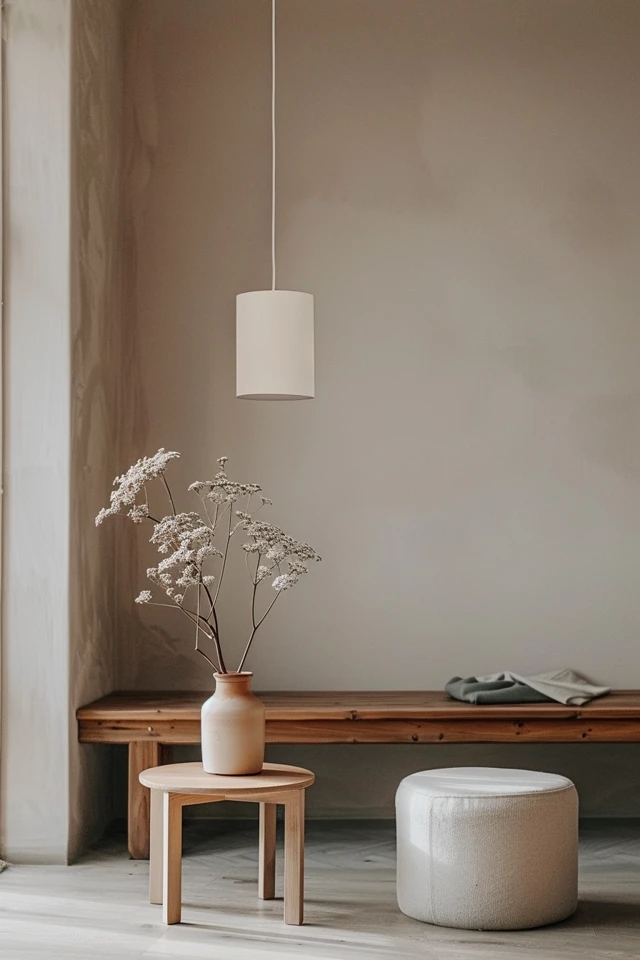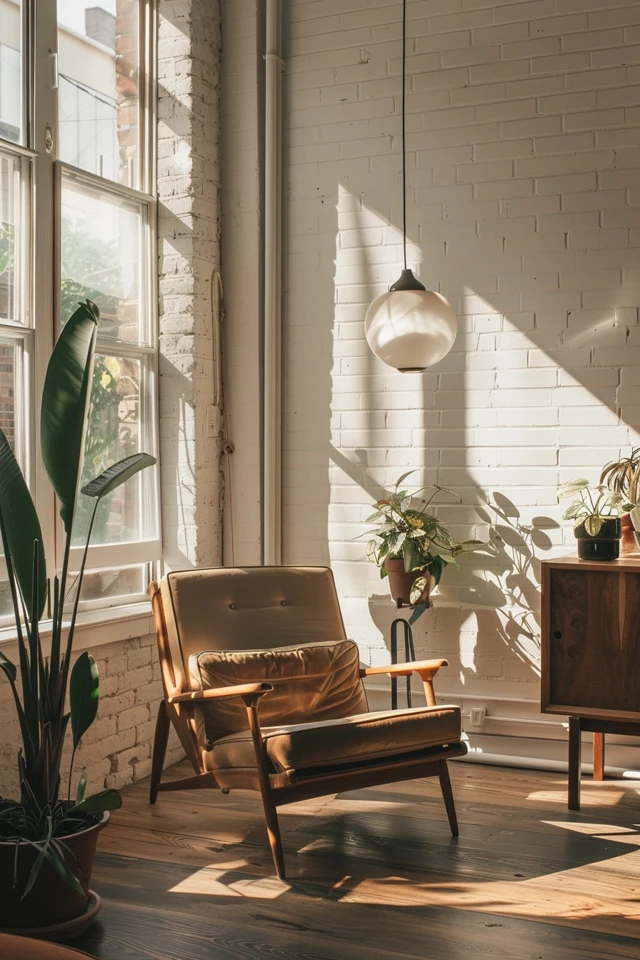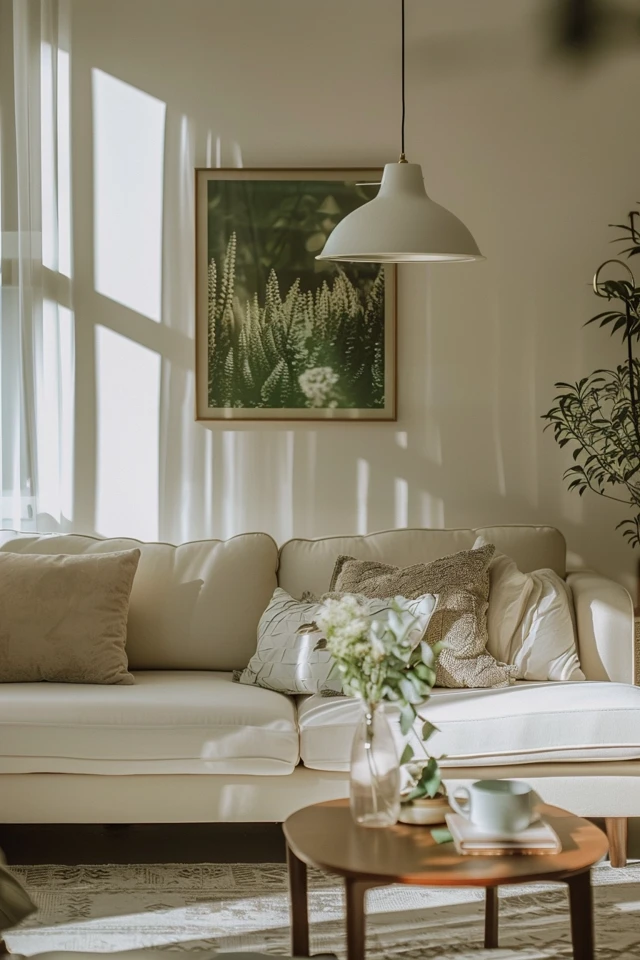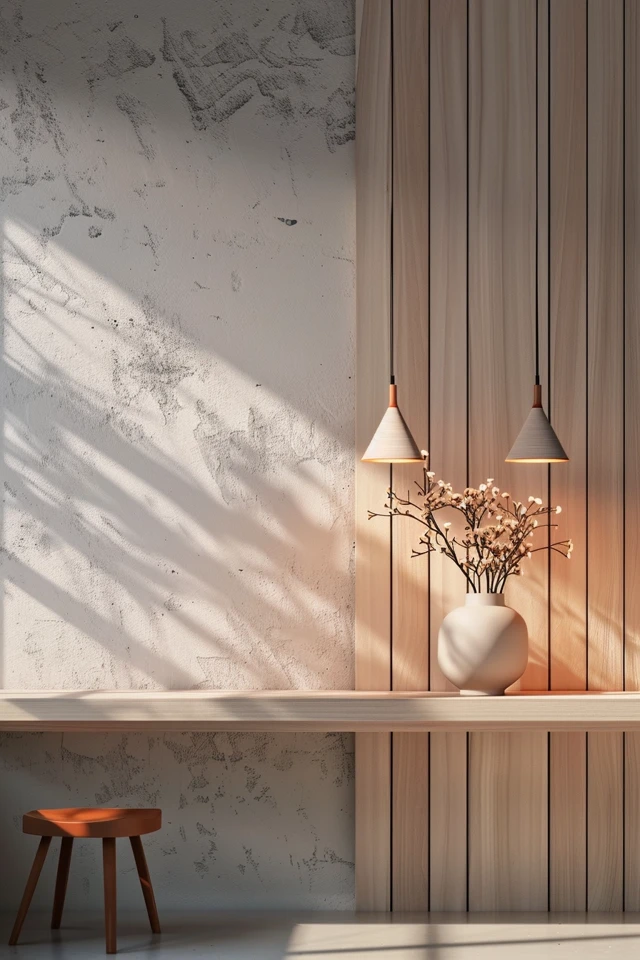Before Reading this Article, Hire Us As Your Designer or Take a Look at My Top 3 Amazon Picks!
If you are looking to blend Amazon's furniture finds with a personalized touch for your space, check out my portfolio, and hire us! You'll get 3 Idea boards, 2 Concept Boards, 2 Realistic Renderings, a Floor Plan, and a Shopping List! Everything's online, plus a 25% discount on your first online interior design project with my Havenly Promo code 4c7441bcfb. With over 2,000 designs since 2017 and top US brand partnerships, your project is in expert hands. US only. Ready to start?
Lighting plays a crucial role in defining the ambiance of your home. Minimalist lighting focuses on simplicity, functionality, and the beauty of clean lines and forms. As an architect and interior designer with a focus on evidence-based design, I have seen how the right lighting can transform a space. This guide will provide you with minimalist lighting ideas to enhance your home’s ambiance.
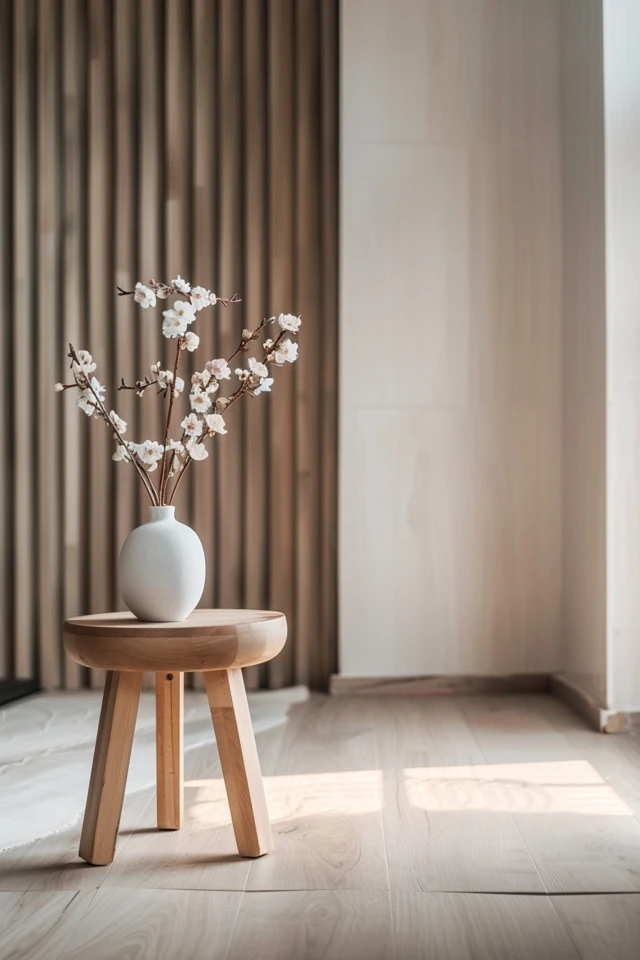
Key Takeaways:
- Opt for Simple Fixtures: Choose lighting fixtures with clean lines and minimal ornamentation.
- Use Natural Light: Maximize natural light to create an open and airy feel.
- Incorporate Layered Lighting: Use a combination of ambient, task, and accent lighting for a balanced look.
- Select Neutral Colors: Stick to neutral tones to maintain a cohesive minimalist aesthetic.
- Focus on Functionality: Ensure that lighting is both practical and beautiful.
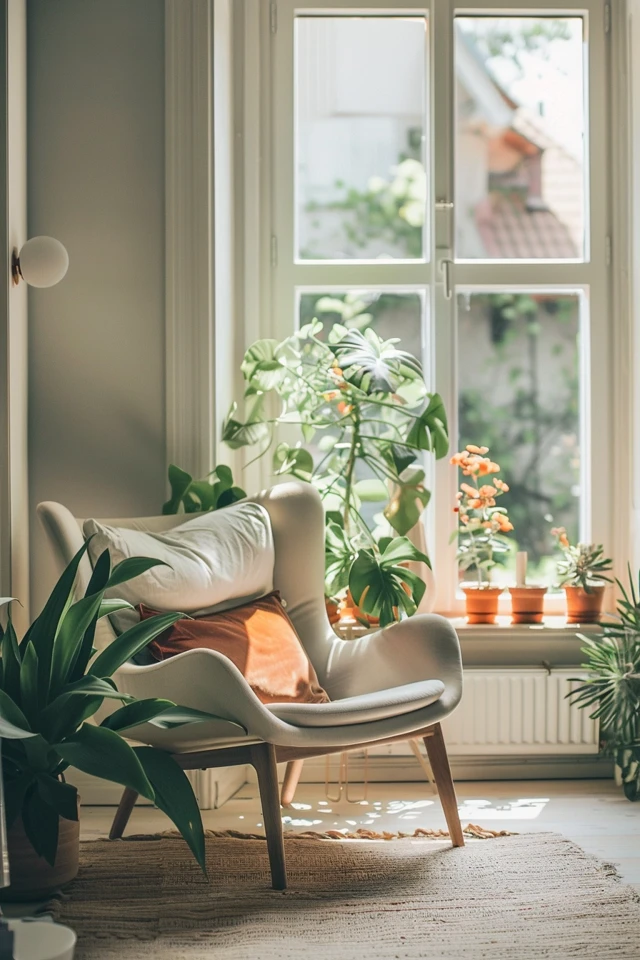
1. Opt for Simple Fixtures
In minimalist design, less is more. Opt for lighting fixtures that have clean lines and minimal ornamentation. Simple designs not only blend seamlessly with the rest of your decor but also create a sense of tranquility and order.
Consider fixtures made from natural materials like wood, metal, or glass. Pendant lights, wall sconces, and floor lamps with sleek and simple designs can add elegance and functionality to your space. By choosing minimalist fixtures, you ensure that the lighting complements rather than competes with your overall design.
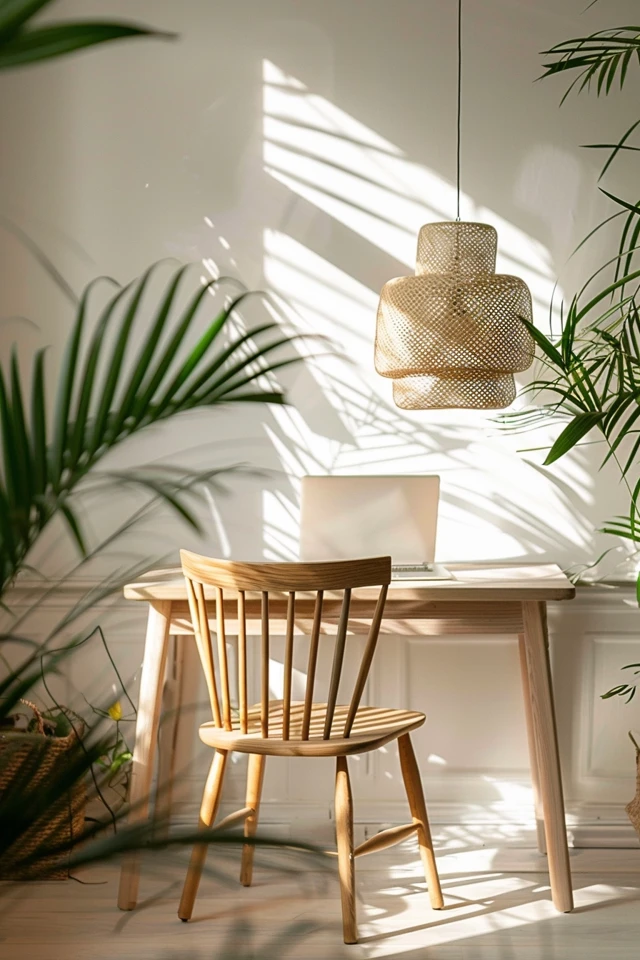
2. Use Natural Light
Natural light is a cornerstone of minimalist design. It enhances the sense of space and creates a warm, inviting atmosphere. Make the most of natural light by keeping windows unobstructed and using sheer curtains or blinds that allow sunlight to filter in.
Consider the placement of mirrors to reflect natural light and brighten up your space. Skylights and large windows can also be great additions to maximize natural light. By embracing natural light, you create a more open and airy environment that aligns with minimalist principles.
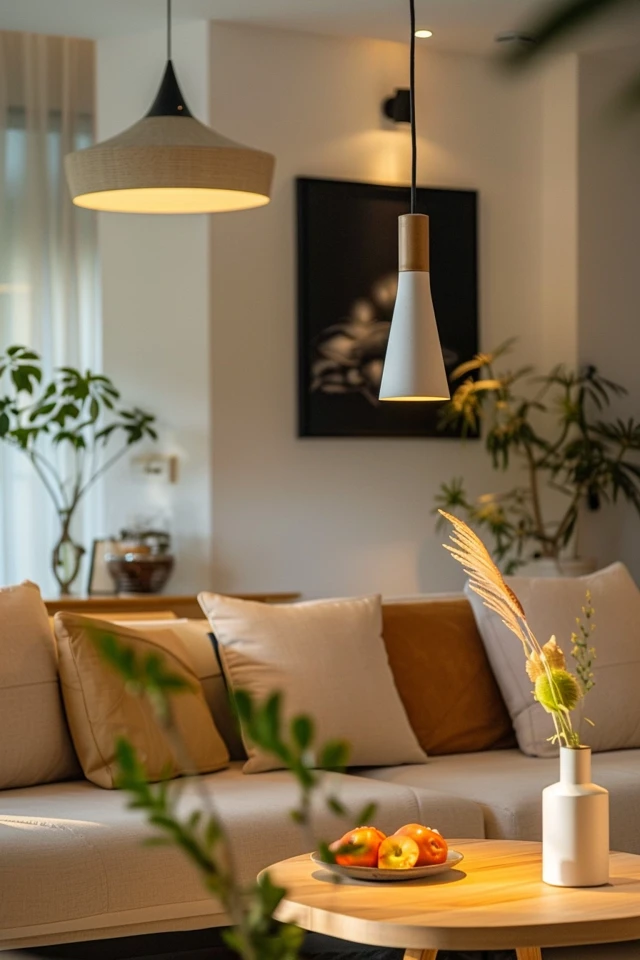
3. Incorporate Layered Lighting
Layered lighting involves using a combination of ambient, task, and accent lighting to create a balanced and functional space. This approach ensures that your home is well-lit and that each area has the appropriate type of lighting for its use.
- Ambient Lighting: Provides overall illumination for the room. Examples include ceiling fixtures, chandeliers, and recessed lights.
- Task Lighting: Focuses on specific areas where activities like reading, cooking, or working are performed. Examples include desk lamps, under-cabinet lights, and reading lamps.
- Accent Lighting: Highlights architectural features or decor elements. Examples include track lighting, picture lights, and wall-mounted fixtures.
By layering different types of lighting, you can create a dynamic and versatile environment that meets all your needs.

4. Select Neutral Colors
Neutral colors are fundamental to minimalist design. When choosing lighting fixtures, opt for neutral tones like white, black, gray, or natural materials. These colors blend seamlessly with a minimalist color palette and create a cohesive look.
Neutral-colored fixtures not only complement the overall design but also contribute to a calm and harmonious atmosphere. They serve as unobtrusive elements that enhance rather than dominate the space.
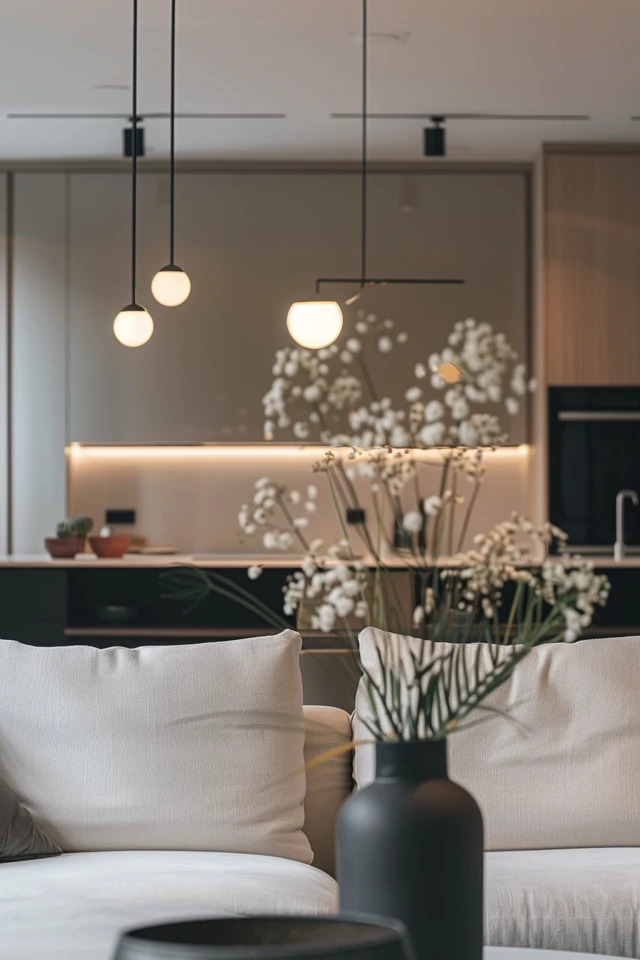
5. Focus on Functionality
In minimalist design, functionality is just as important as aesthetics. Ensure that your lighting choices are both practical and beautiful. Each fixture should serve a specific purpose and contribute to the overall functionality of the space.
For example, a well-placed floor lamp can provide task lighting for reading while also serving as a decorative element. Pendant lights over a kitchen island can offer task lighting for cooking while enhancing the room’s aesthetic. By focusing on functionality, you create a space that is both efficient and visually appealing.
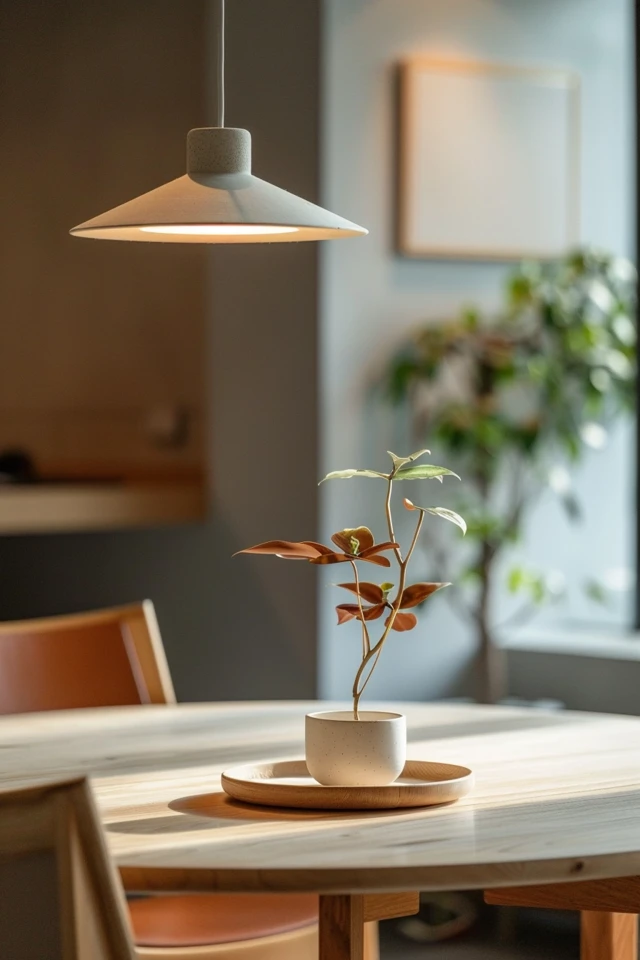
Conclusion
Enhancing your home’s ambiance with minimalist lighting involves making intentional choices that prioritize simplicity, functionality, and beauty. By opting for simple fixtures, maximizing natural light, incorporating layered lighting, selecting neutral colors, and focusing on functionality, you can create a serene and inviting environment.
Minimalist lighting is not just about aesthetics; it’s about creating a space that enhances your quality of life. As you implement these ideas, enjoy the process of curating a lighting design that reflects your personal style and supports your daily needs. With these guidelines, your home can become a beautifully illuminated haven that you love to spend time in.
Inspirational Pictures
